Digital drawing in isolation.
Its a tough time for so many. Being a lucky one that does not have any symptoms, so far, I am just dealing with self isolation. I am also lucky that my partner is sharing our family flat and we are supporting each other along with our family WhatsApp and zoom sessions. Video Conf with research colleagues bring more welcome sharing via screes. Day to day I have been digitally drawing subjects that feel valuable in these times. Rather than leave them on the iPad or instagram I collate them here alongside increasingly important lockdown reflections.
Week three sees some reflection on the lockdown situation. Personal feelings of isolation and helplessness in the face of a global pandemic. From time to time there are moments of positivity when a drawing, an instagram or twitter post or pointer to thoughtful thinking on how we can deal with the emotions of isolation.
My partner suggested I might make some small family drawings that could be inserted in a photo-frame from 10 years ago. There is only she and me here. Family photographs abound in shoe boxes, albums and online archives. One from a trip to India that Mother and Daughter shared three years back captured their closeness and caring nature of their relationship and could be a good starting point.

My phd portrait research continues albeit with difficulty under Lockdown. I experience desires to research and write, but the motivations are curtailed by the feelings of immensity of awfulness of the effects on many older innocent people locally, nationally and internationally. This is genuinely a global pandemic not experienced by people of my ‘baby boomer’ generation. Its difficult to go on as normal in these circumstances. Self isolation is what is demanded by Governments, but isolation from all productive activity while many frontline services are being delivered by people of all backgrounds leads to a feeling uselessness and what feels like grief.
Trying to explain these feelings has been helped by my daughter’s recommendation to read That Discomfort You’re Feeling Is Grief from the Harvard Business School: by Editor Scott Berinato with insights by David Kessler, the world’s foremost expert on grief and founder of www.grief.com. https://hbr.org/2020/03/that-discomfort-youre-feeling-is-grief.
Read the article to get to the last paragraph: Sometimes we try not to feel what we’re feeling because we have this image of a “gang of feelings.” If I feel sad and let that in, it’ll never go away. The gang of bad feelings will overrun me. The truth is a feeling that moves through us. We feel it and it goes and then we go to the next feeling. There’s no gang out to get us. It’s absurd to think we shouldn’t feel grief right now. Let yourself feel the grief and keep going.
Being signed up to a blog by Professor of Education, Pat Thompson brings a weekly post, that in regular times provides insight and support for PhD researchers. This week’s post did this in spades for students attempting to pursue their research in isolation. Getting by and Getting on
Like the HBS article read it all, its short, but you get to the last Paragraph:
So this post is really just to say to the doctoral researchers I work with, and those who I work with indirectly, it’s OK not to be on top of it all. I’m not. Take the time to sort out how to manage. I am. Acknowledge your feelings. Look after yourselves. Do the best you can. That’s me too. Day to day. One thing at a time. And importantly, don’t hesitate to seek social support online and with your peers, supervisors and colleagues.
I am lucky to have a couple of video conferencing groups that meet regularly: The Print Gang hosted by Justin, the Senior Printmaking Technician at BCU School of Art and ‘happy PhD Students, kinda’ hosted by Jenifer. Last week one of our group made a surprise on screen appearance after her successful pregnancy! It was a Happy moment deserving of the group name. During our video conference Mum Kenny fed 5 week old Theodore. A drawing to celebrate that moment.
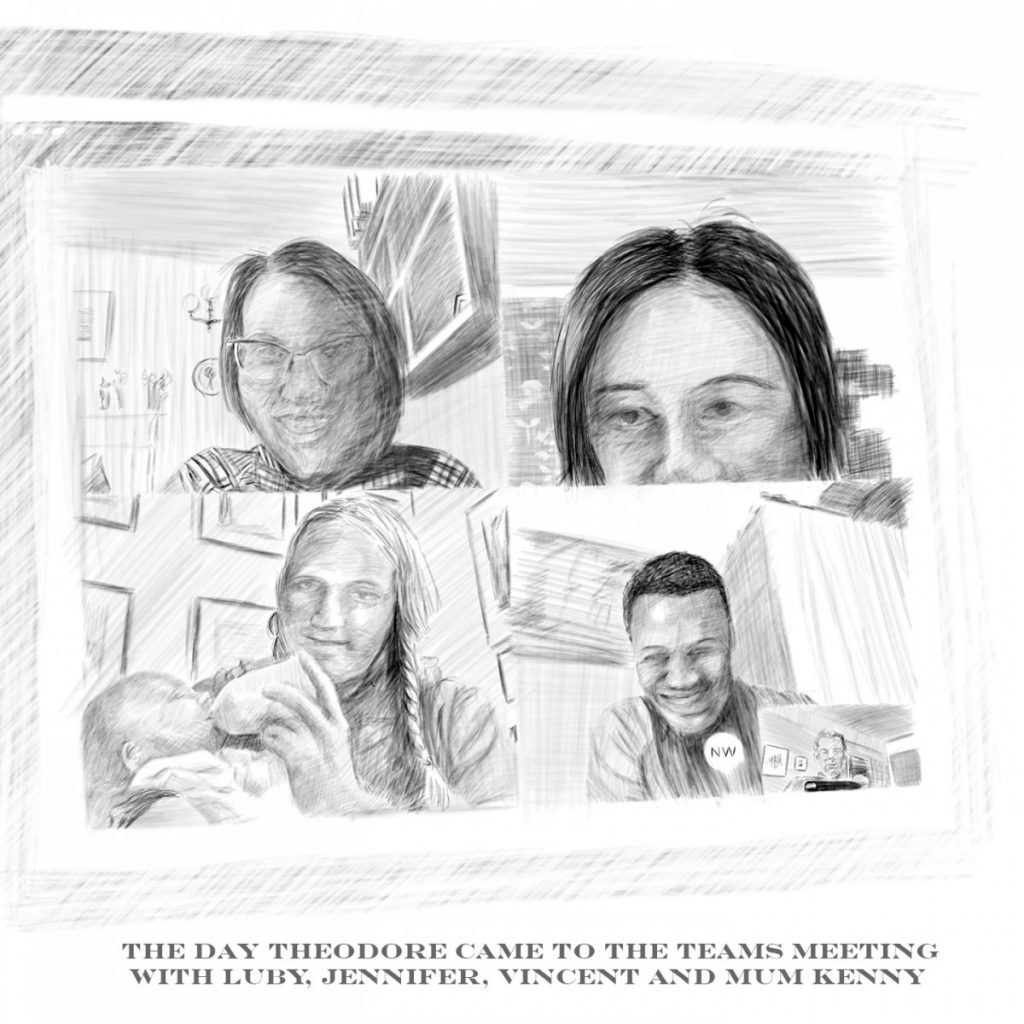
Finally this week a domestic reminder of where we are.
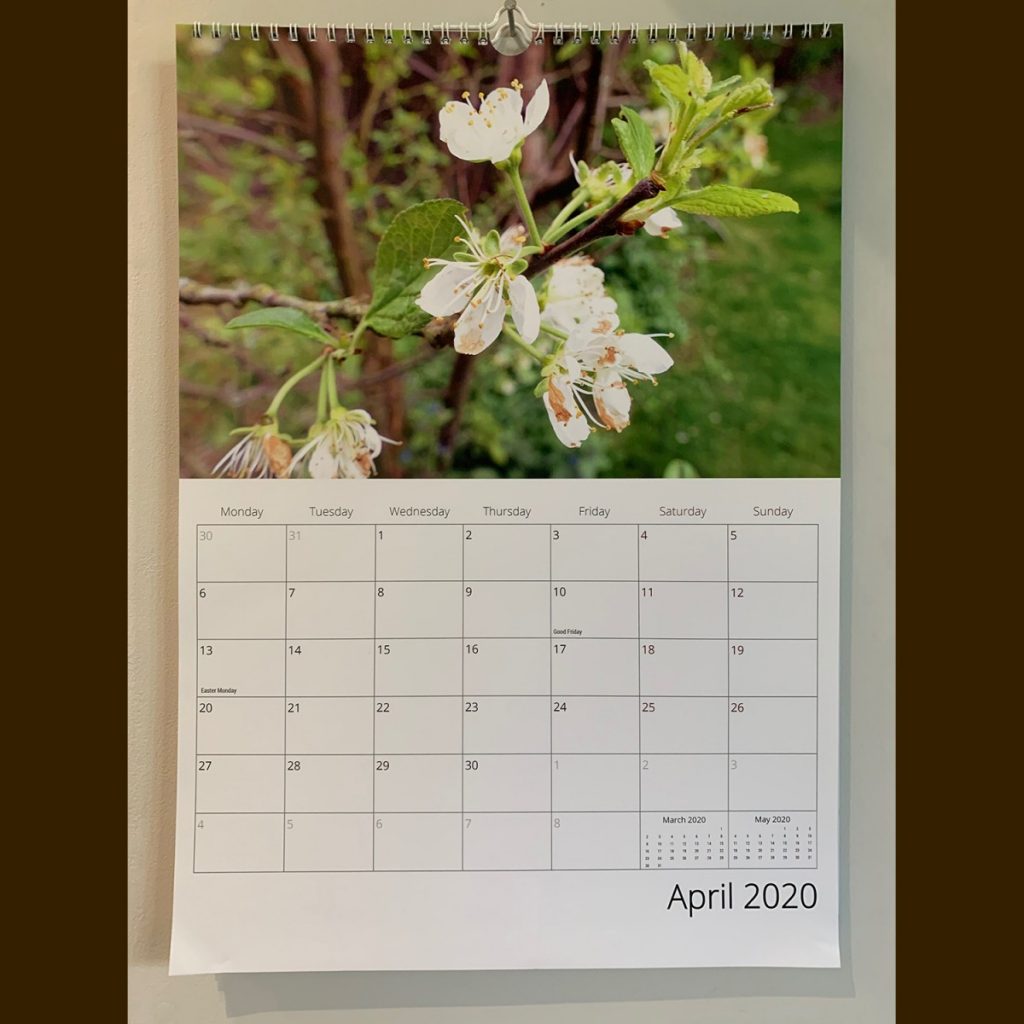
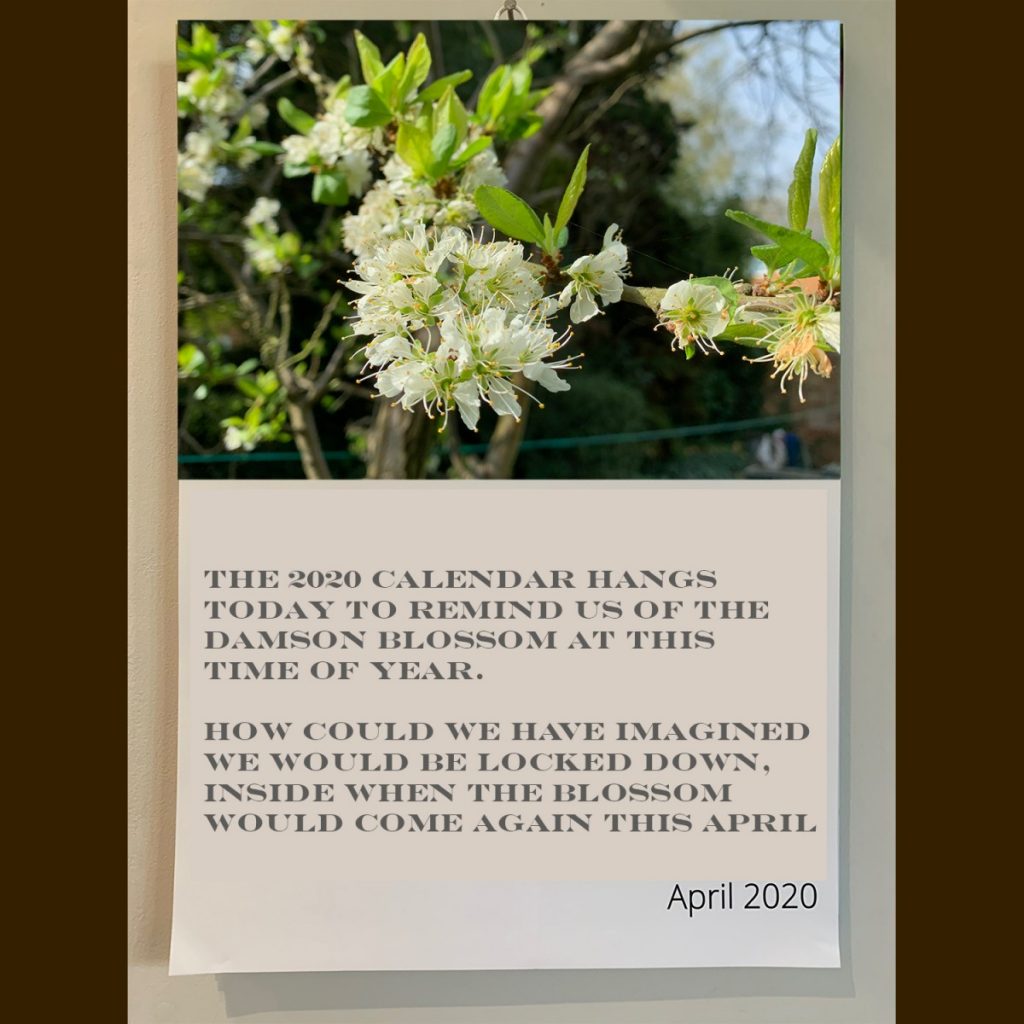




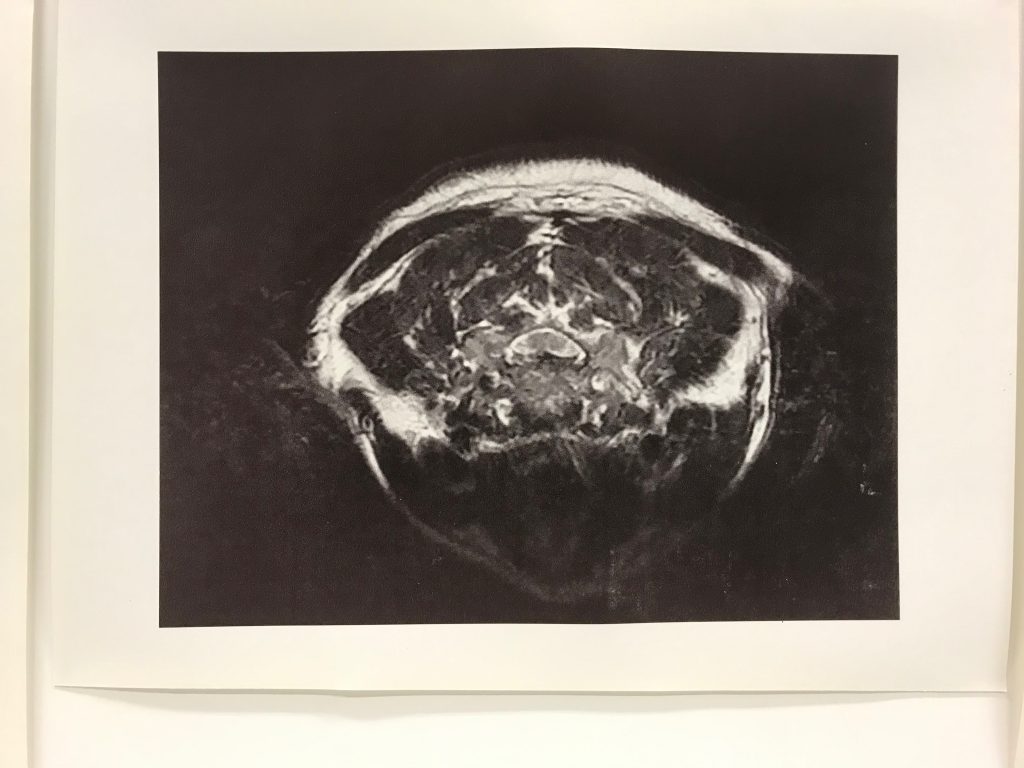
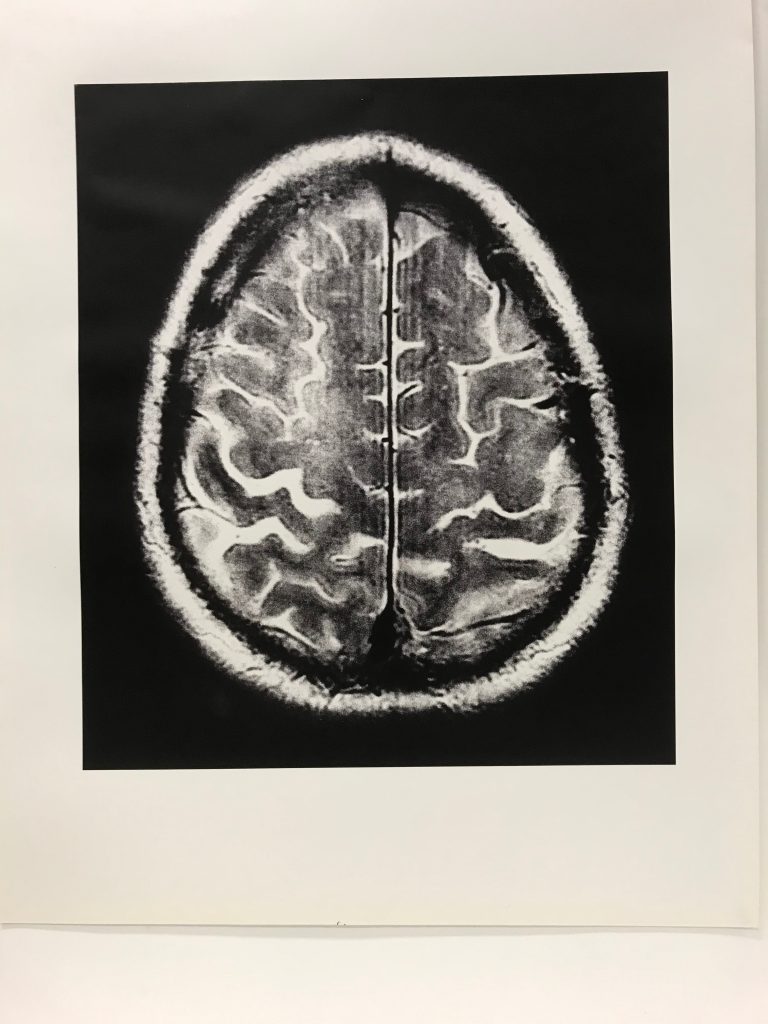

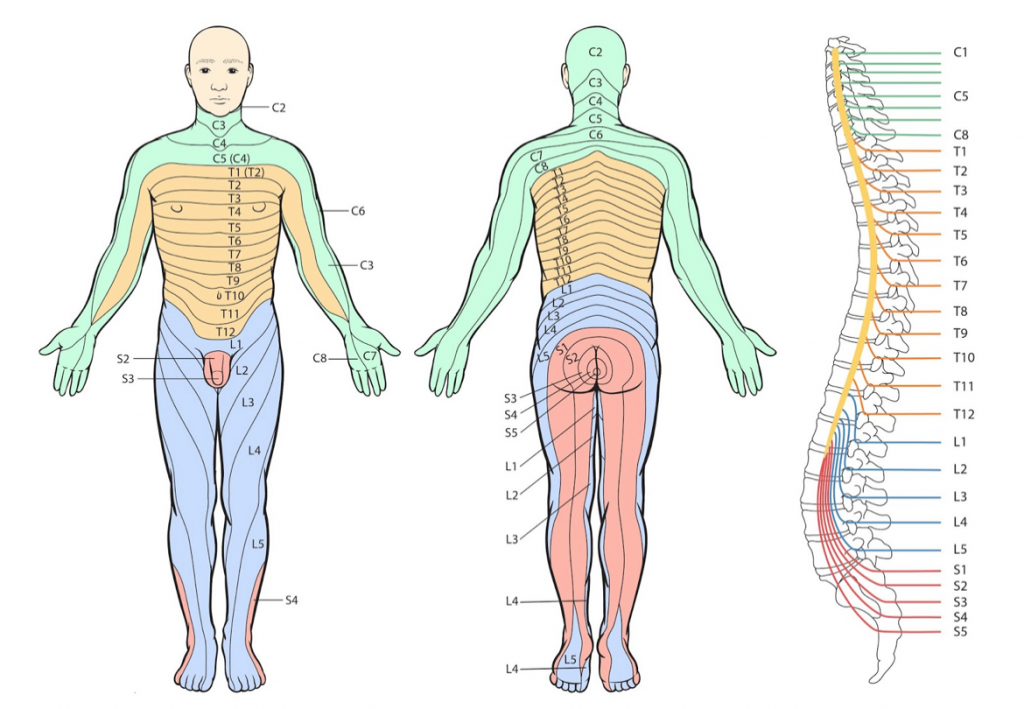
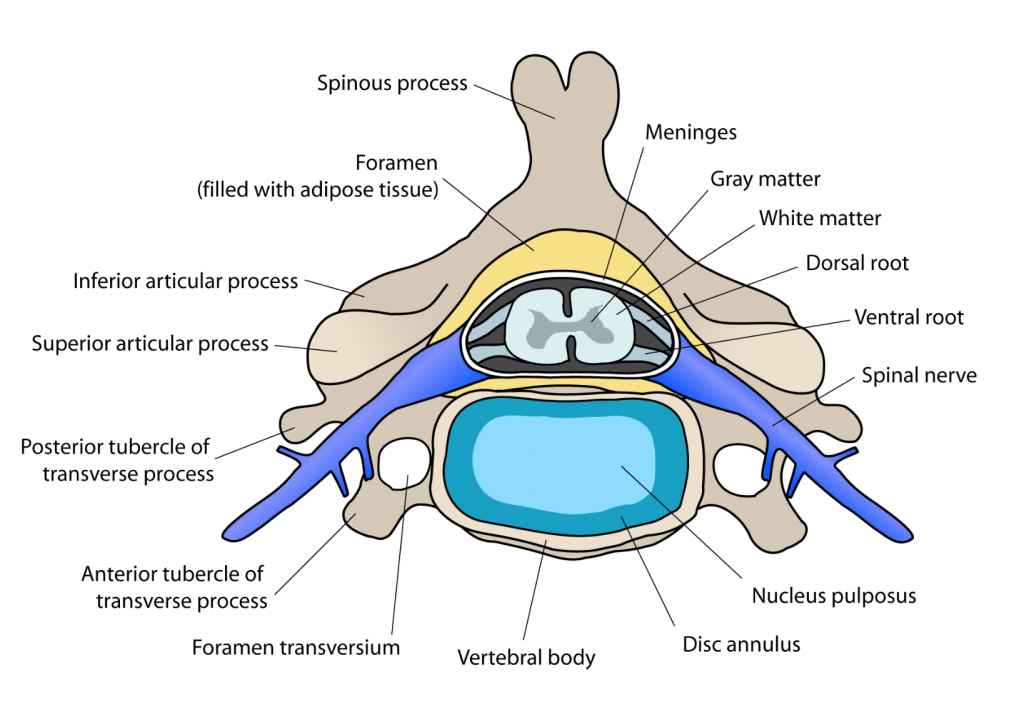
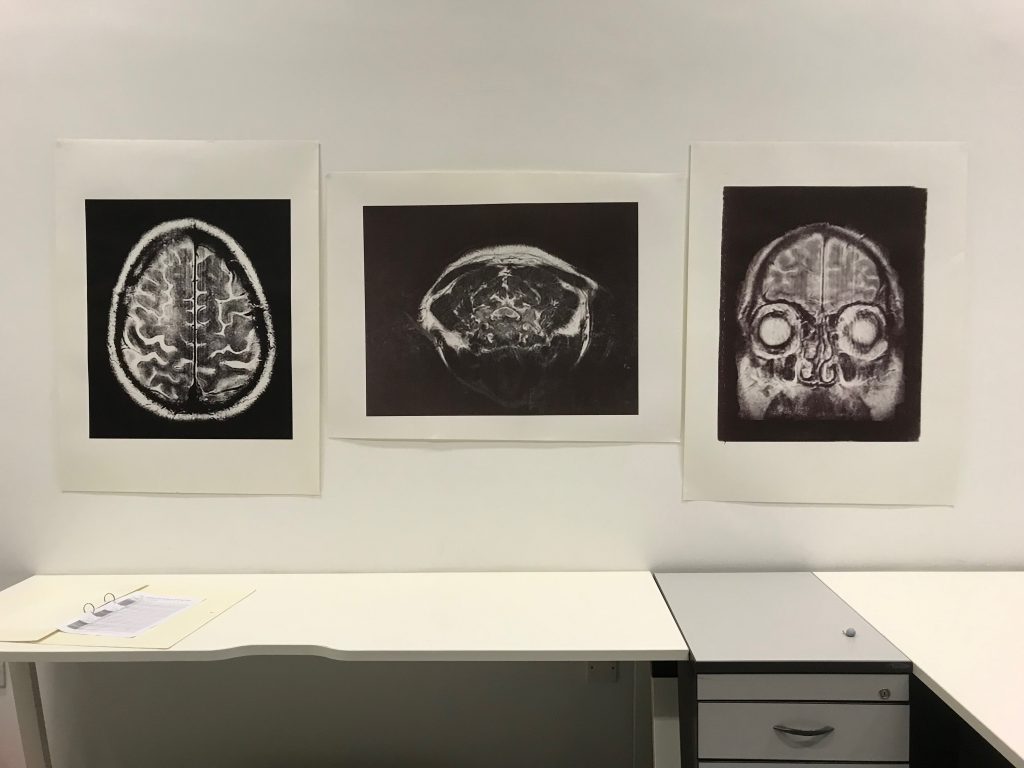
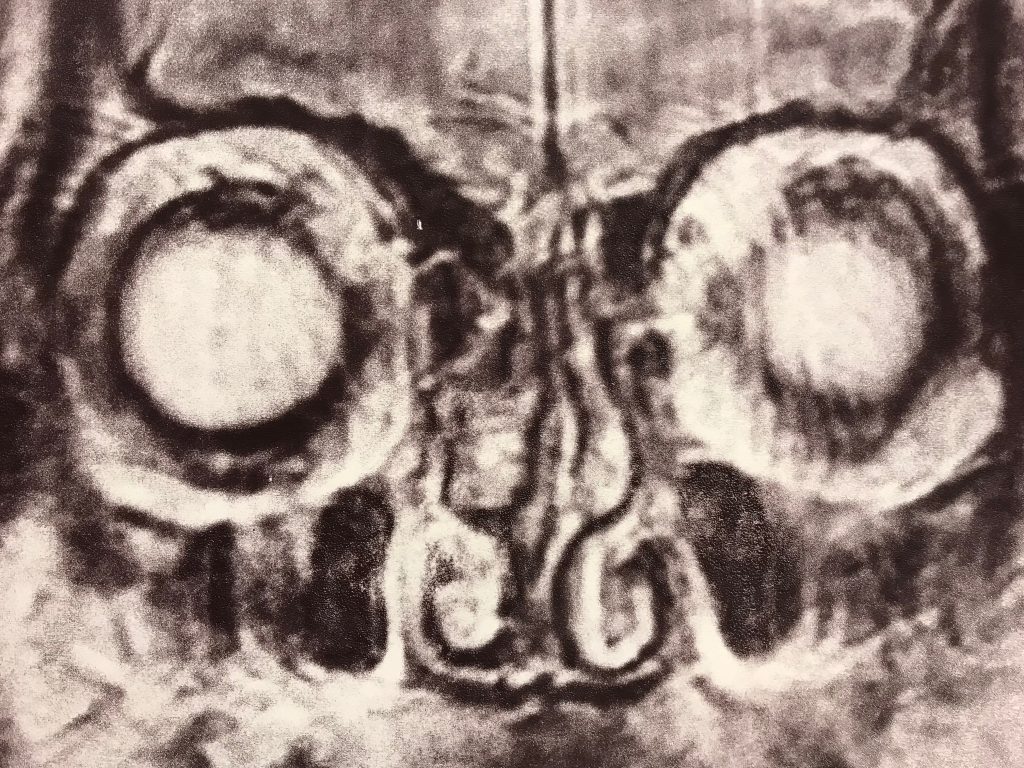
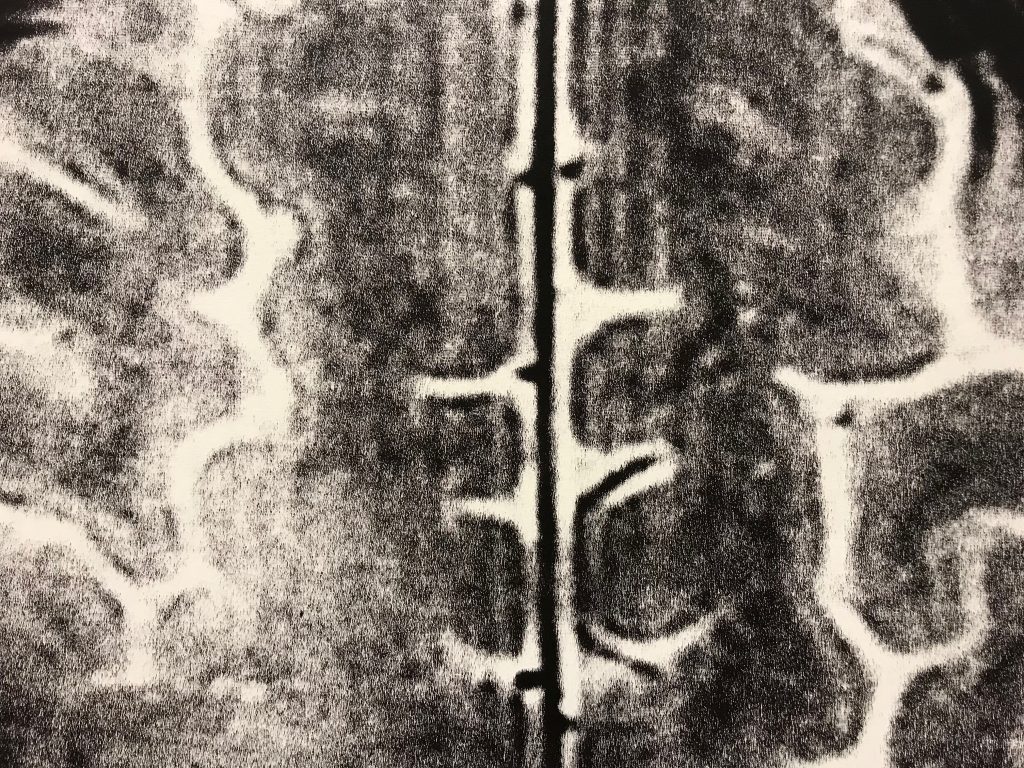

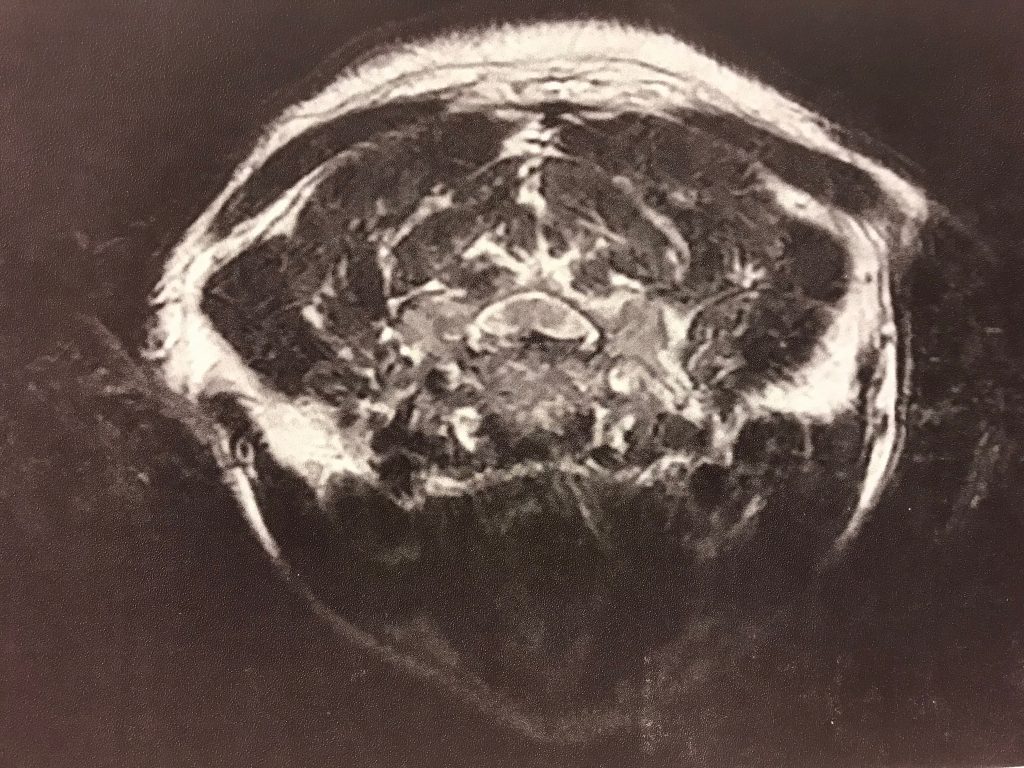
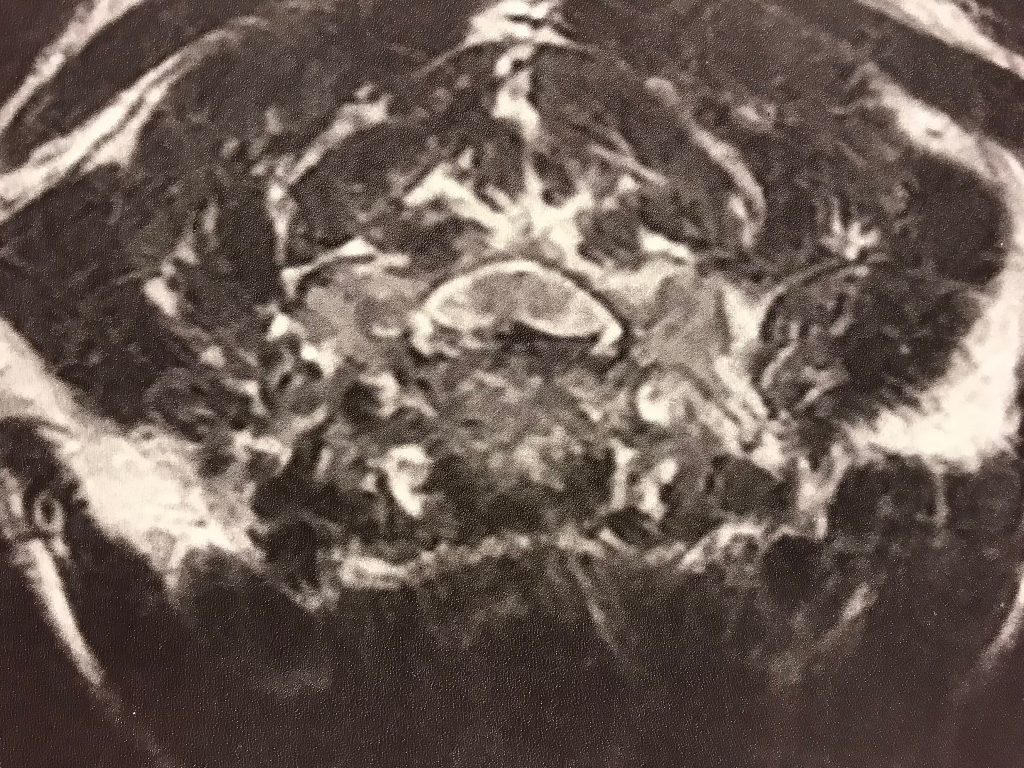
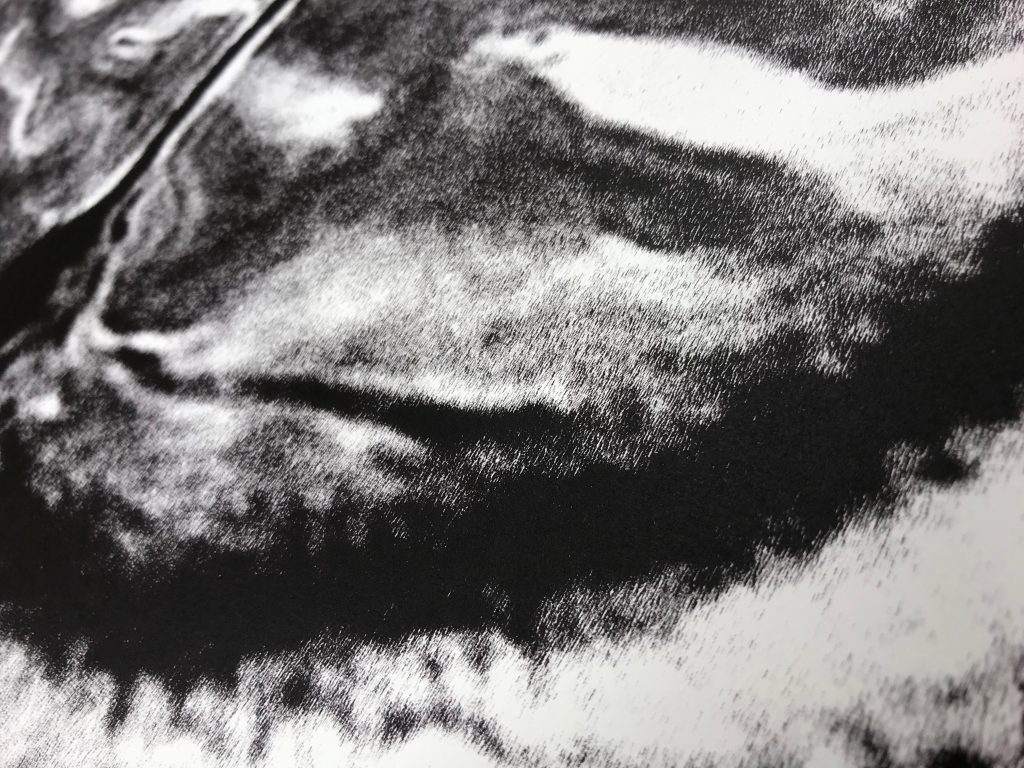
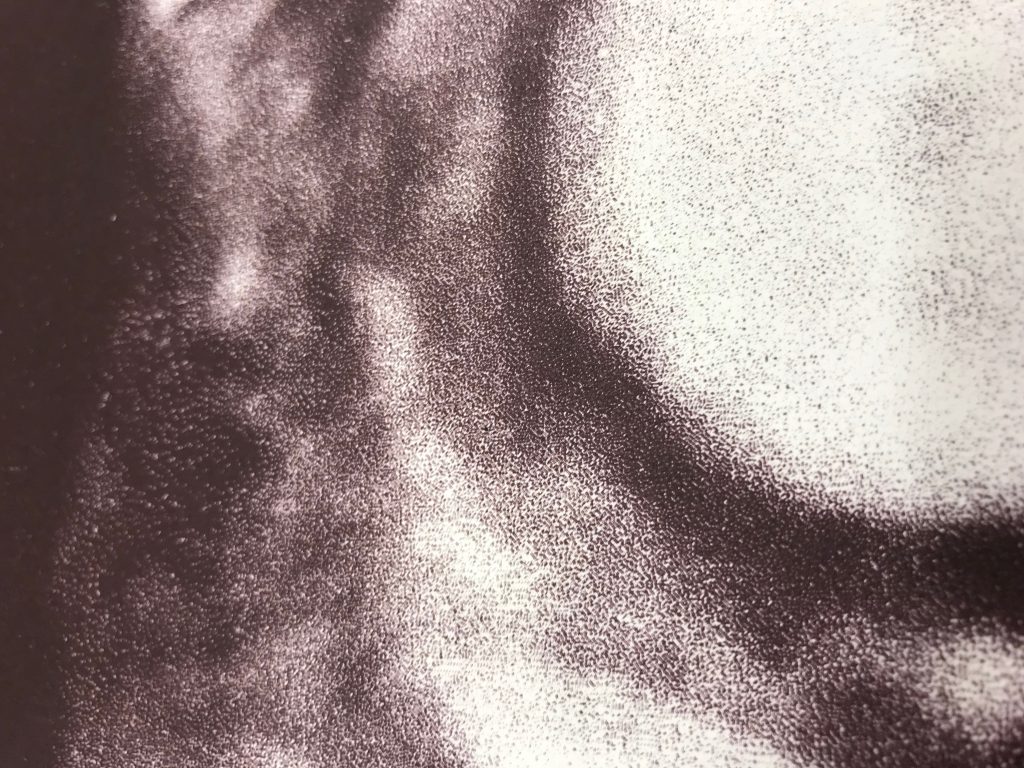
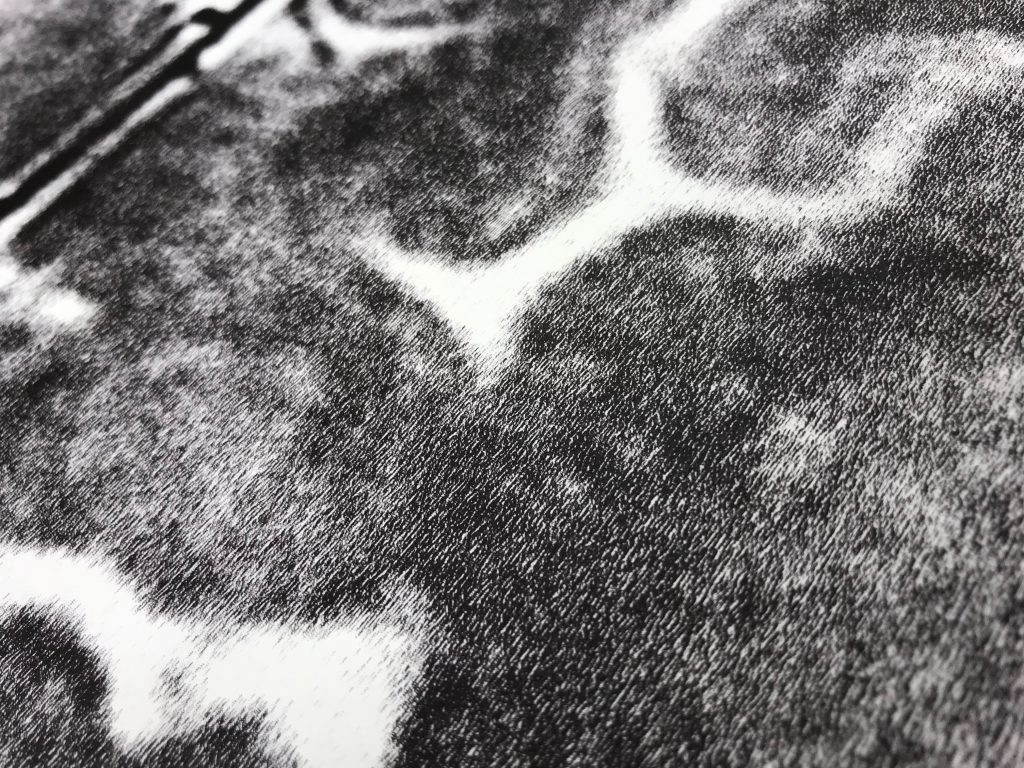
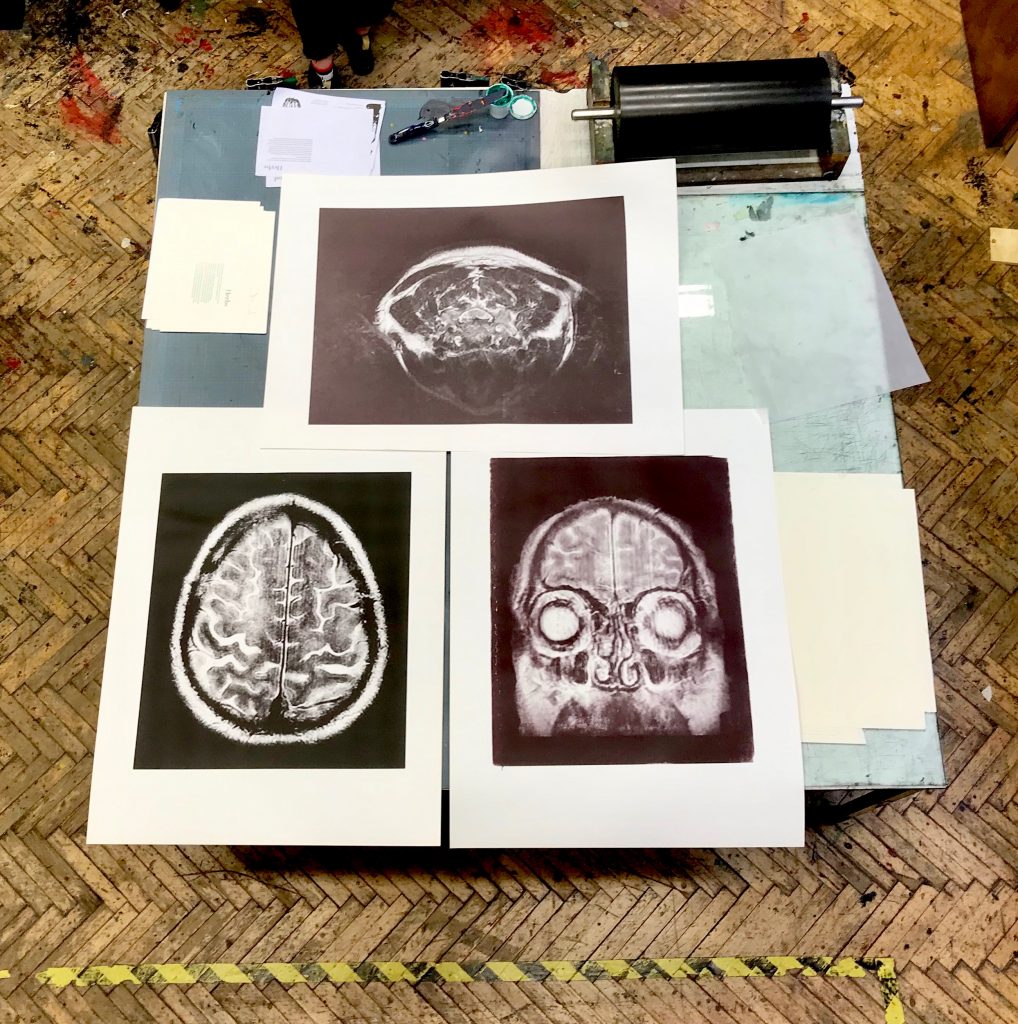
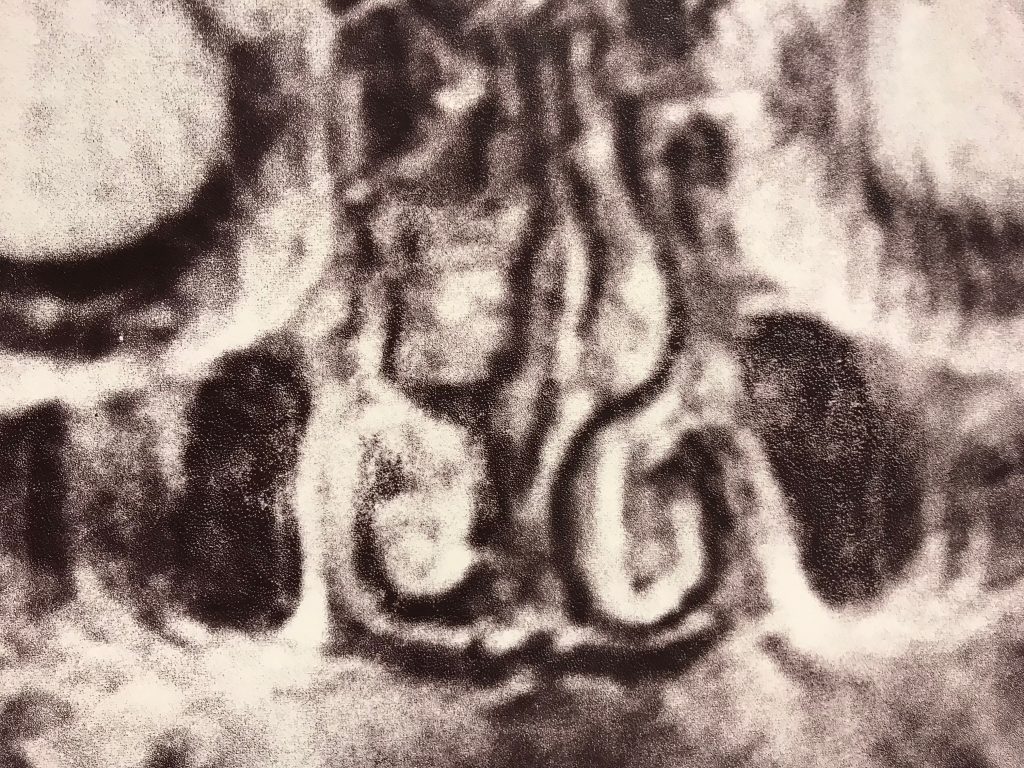

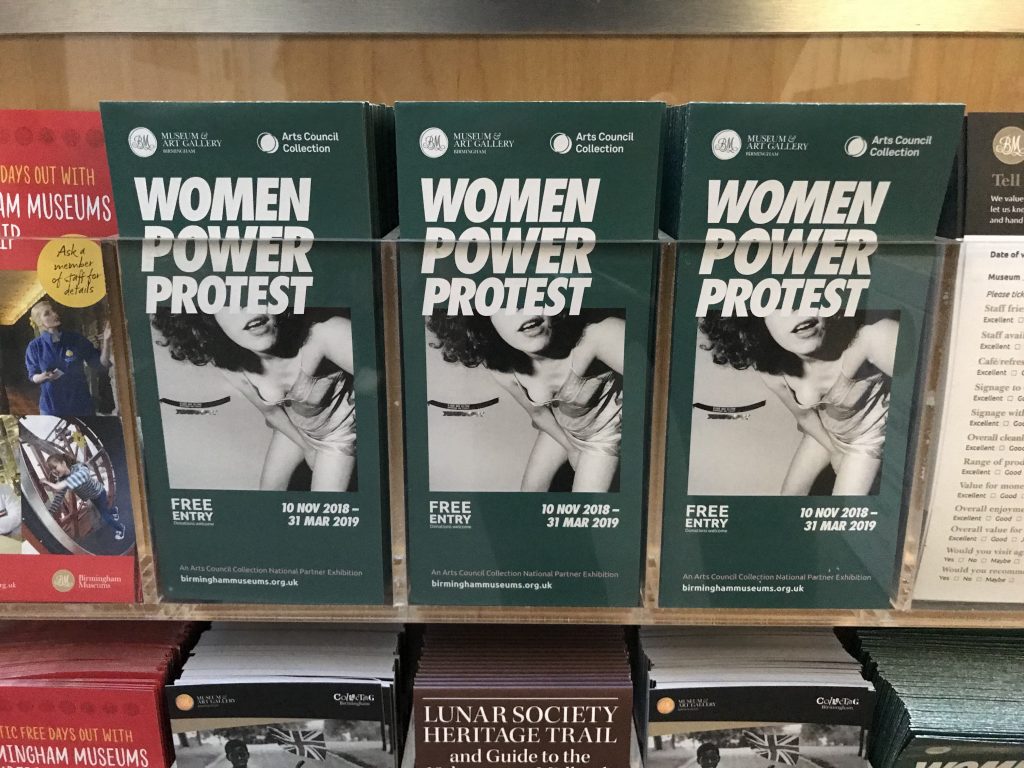
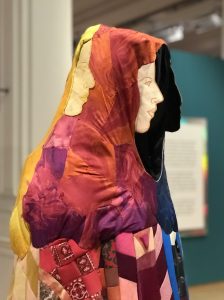
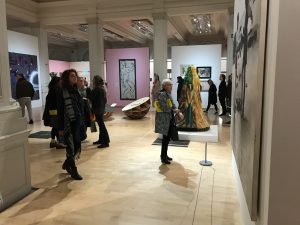
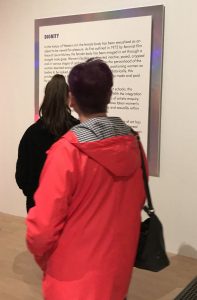
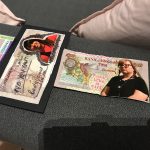

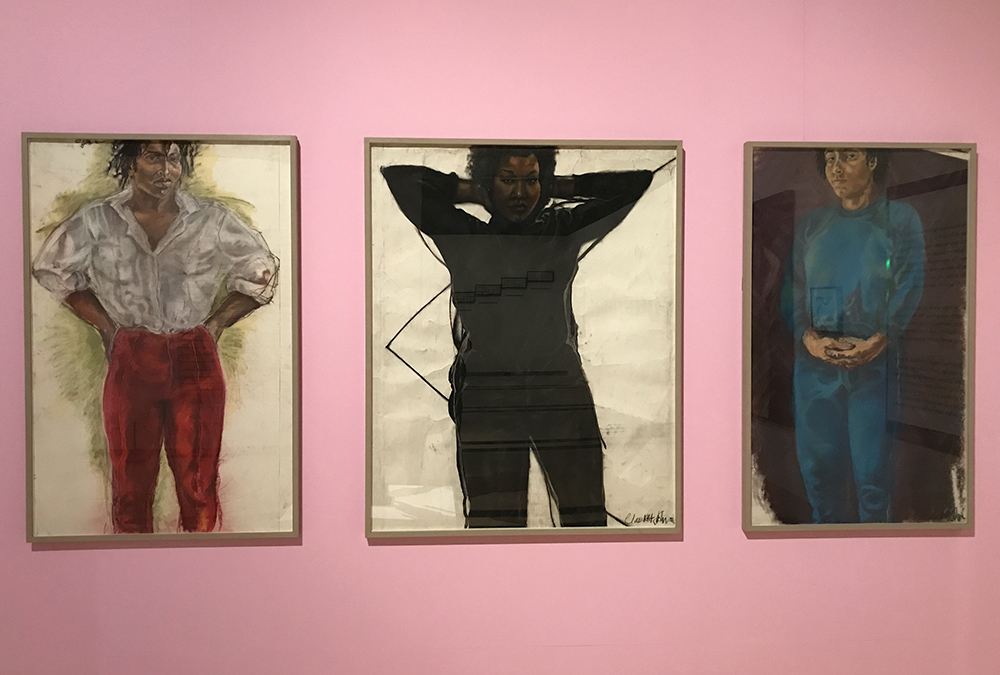
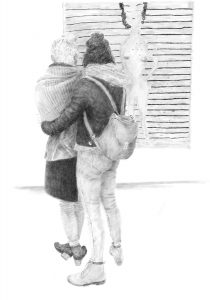
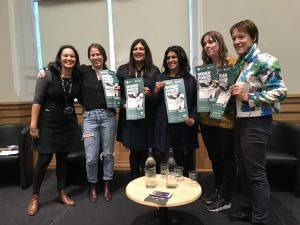
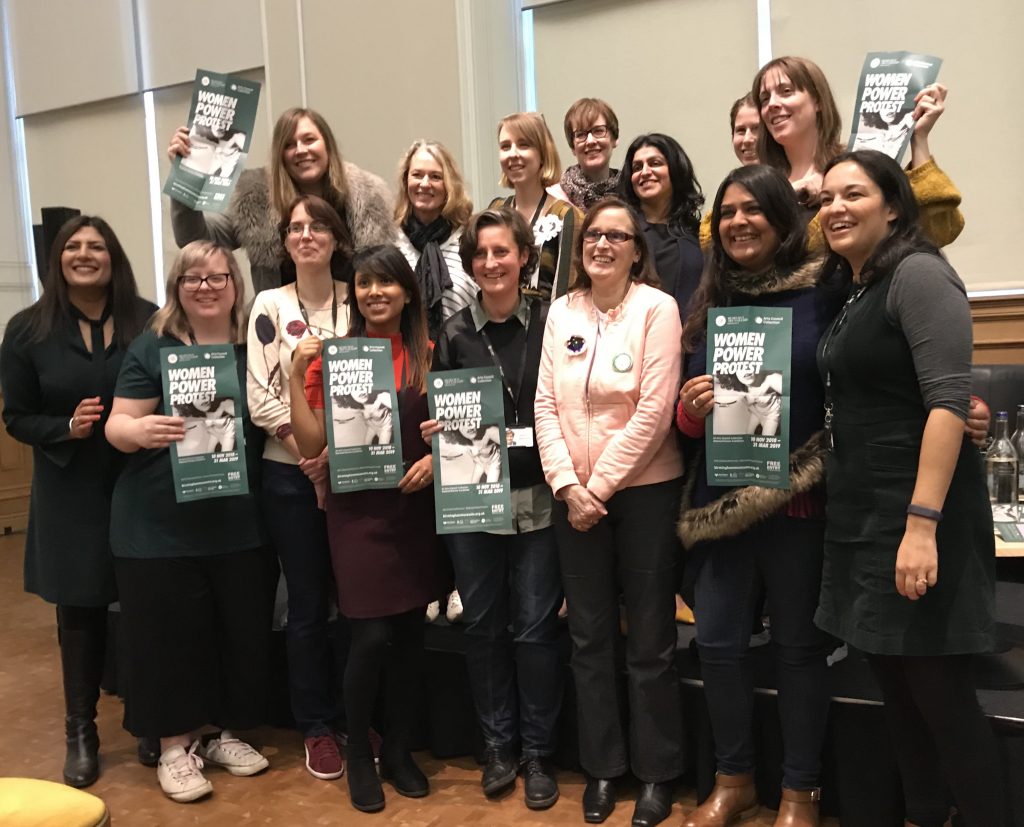
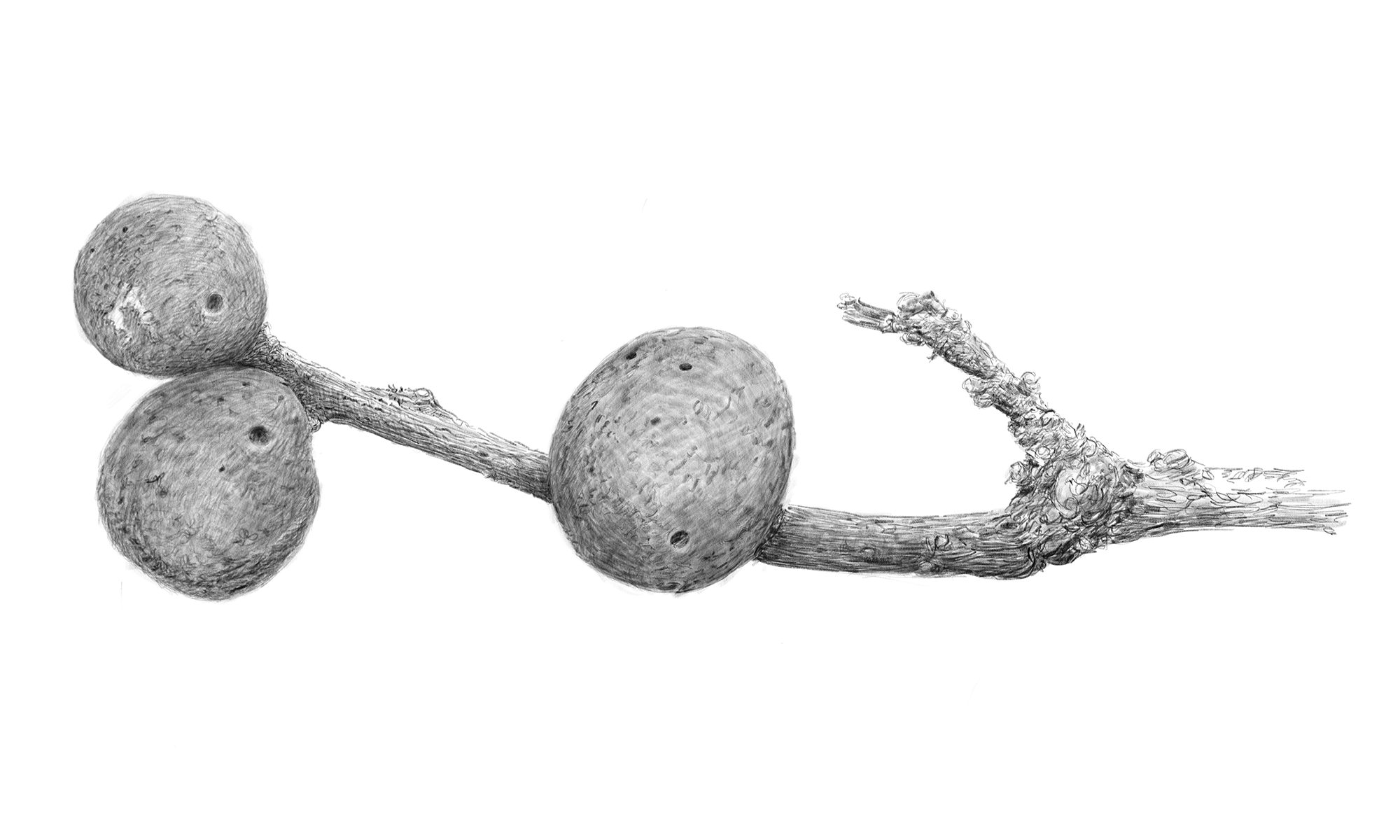




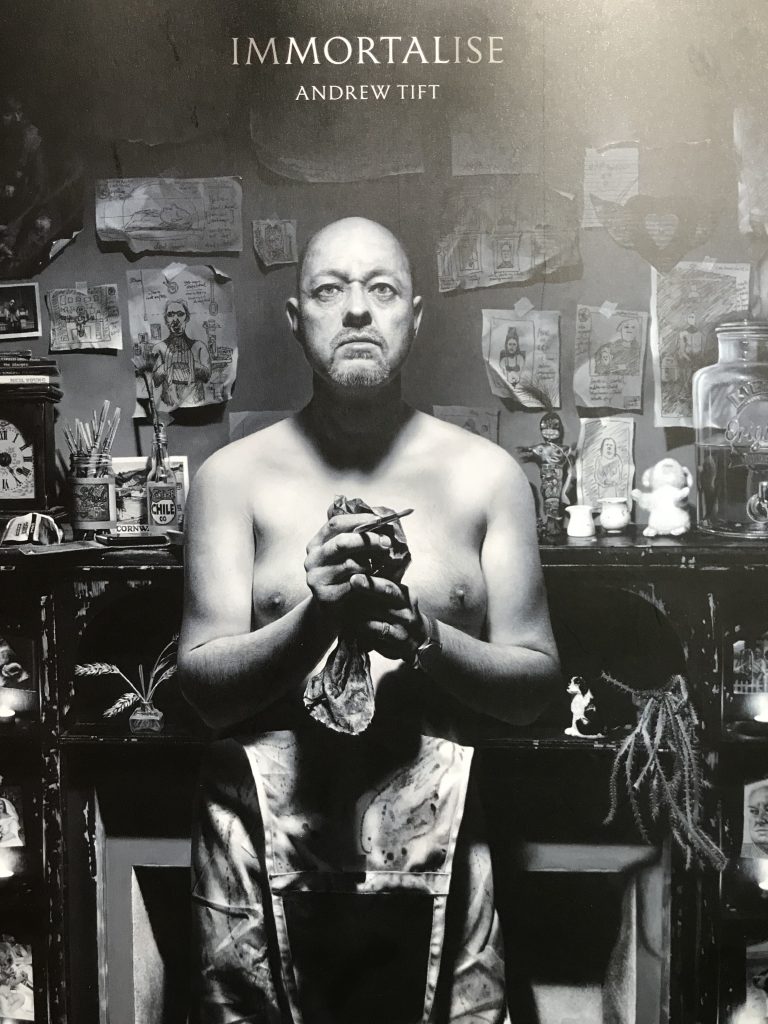
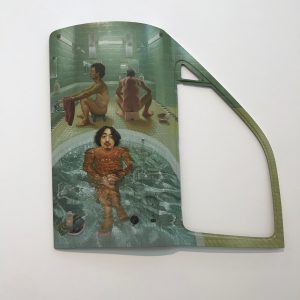 He focused on the cradle to grave work ethic in the Japanese car manufacturing industry, initially in Sunderland and shortly afterwards in Tokyo. He documented the car workers and their families. The painting in itself feels like a document of the men’s culture outside the work space. It feels like we are being offered the opportunity to share in the artist’s ‘look into’ a moment. Like much of Andrew Tift’s work the portraits are celebrations of his subjects, but also a document of their lives.
He focused on the cradle to grave work ethic in the Japanese car manufacturing industry, initially in Sunderland and shortly afterwards in Tokyo. He documented the car workers and their families. The painting in itself feels like a document of the men’s culture outside the work space. It feels like we are being offered the opportunity to share in the artist’s ‘look into’ a moment. Like much of Andrew Tift’s work the portraits are celebrations of his subjects, but also a document of their lives.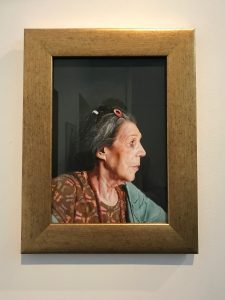 He arranged to visit Kitty in her home in Suffolk to make a triptych of black and white portraits which became a BP Portrait prize winner. He also embarked on a single portrait of Kitty in the same pose as for Freud’s portrait over 50 years ago. Its inevitable that comparisons are made between the portraits and how Kitty’s face reflected her life then and now. Andrew’s portrait is not a homage, it is his interpretation and reflection of the woman he met which feels deep and full of admiration of her life.
He arranged to visit Kitty in her home in Suffolk to make a triptych of black and white portraits which became a BP Portrait prize winner. He also embarked on a single portrait of Kitty in the same pose as for Freud’s portrait over 50 years ago. Its inevitable that comparisons are made between the portraits and how Kitty’s face reflected her life then and now. Andrew’s portrait is not a homage, it is his interpretation and reflection of the woman he met which feels deep and full of admiration of her life.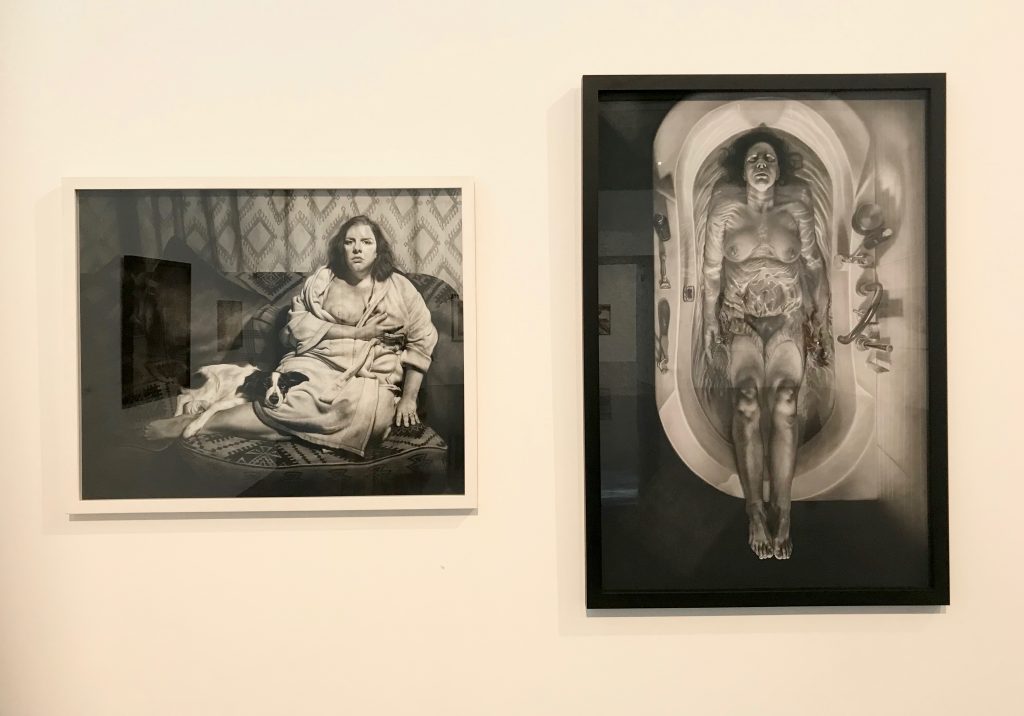
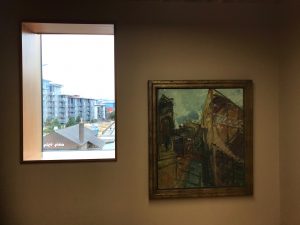






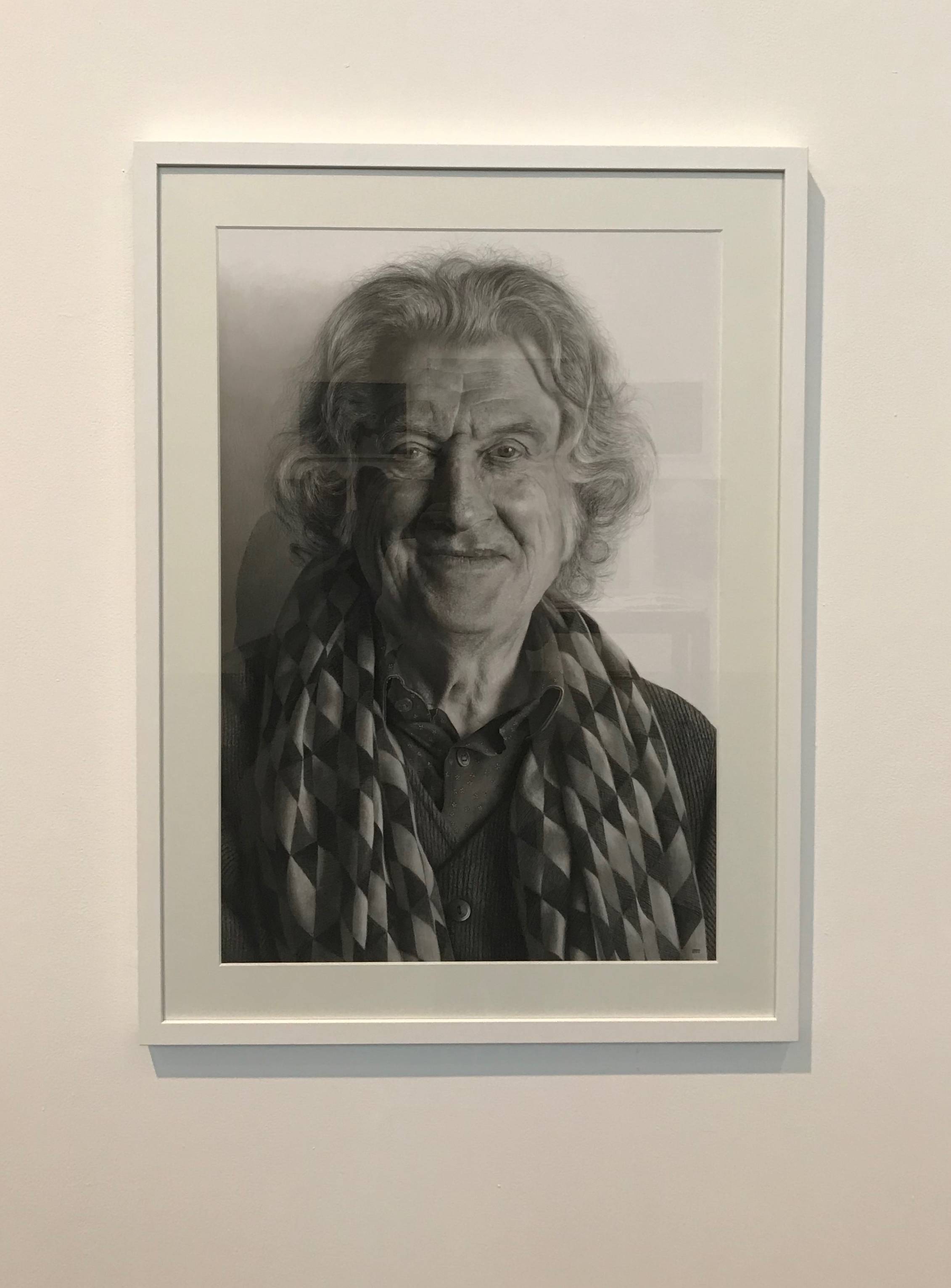


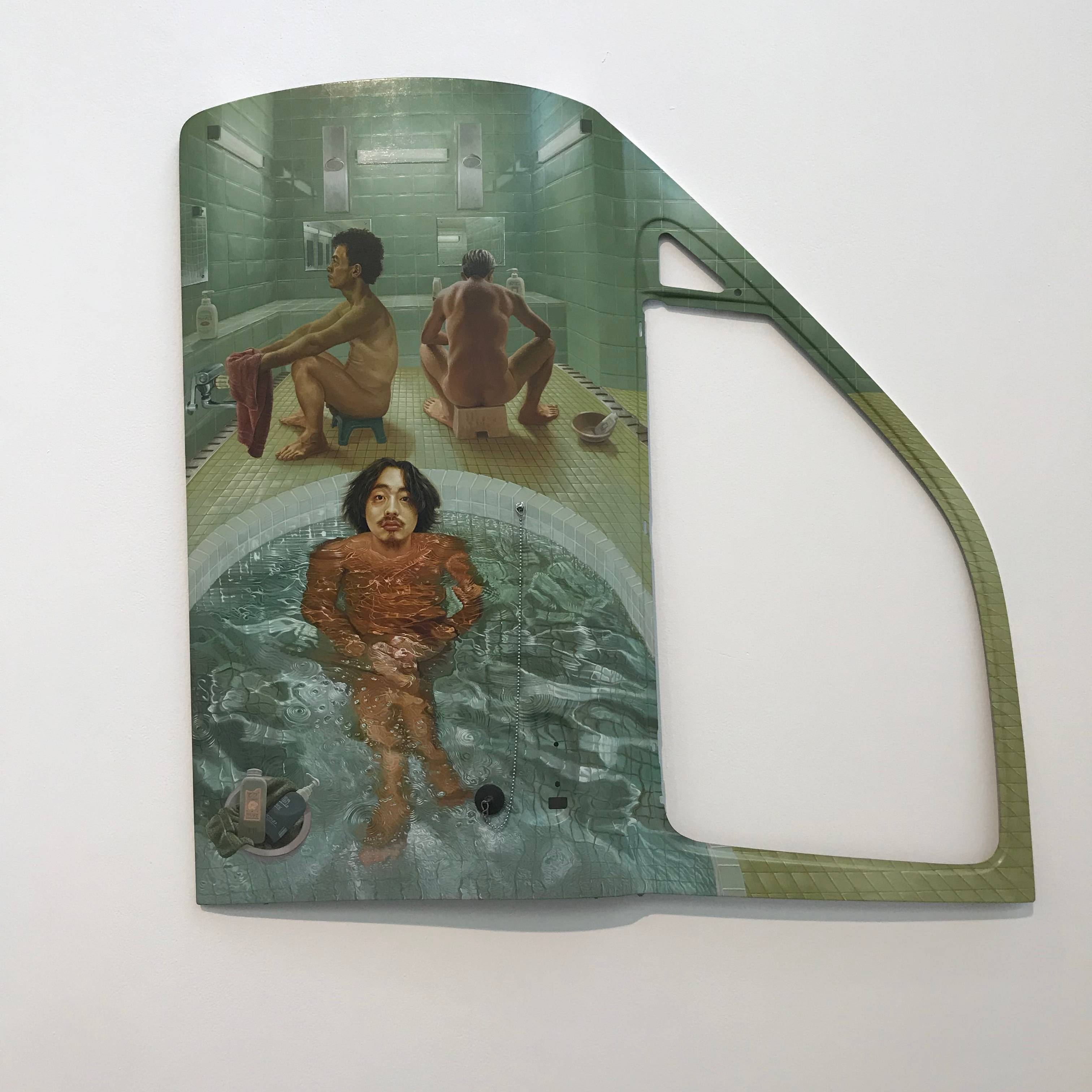


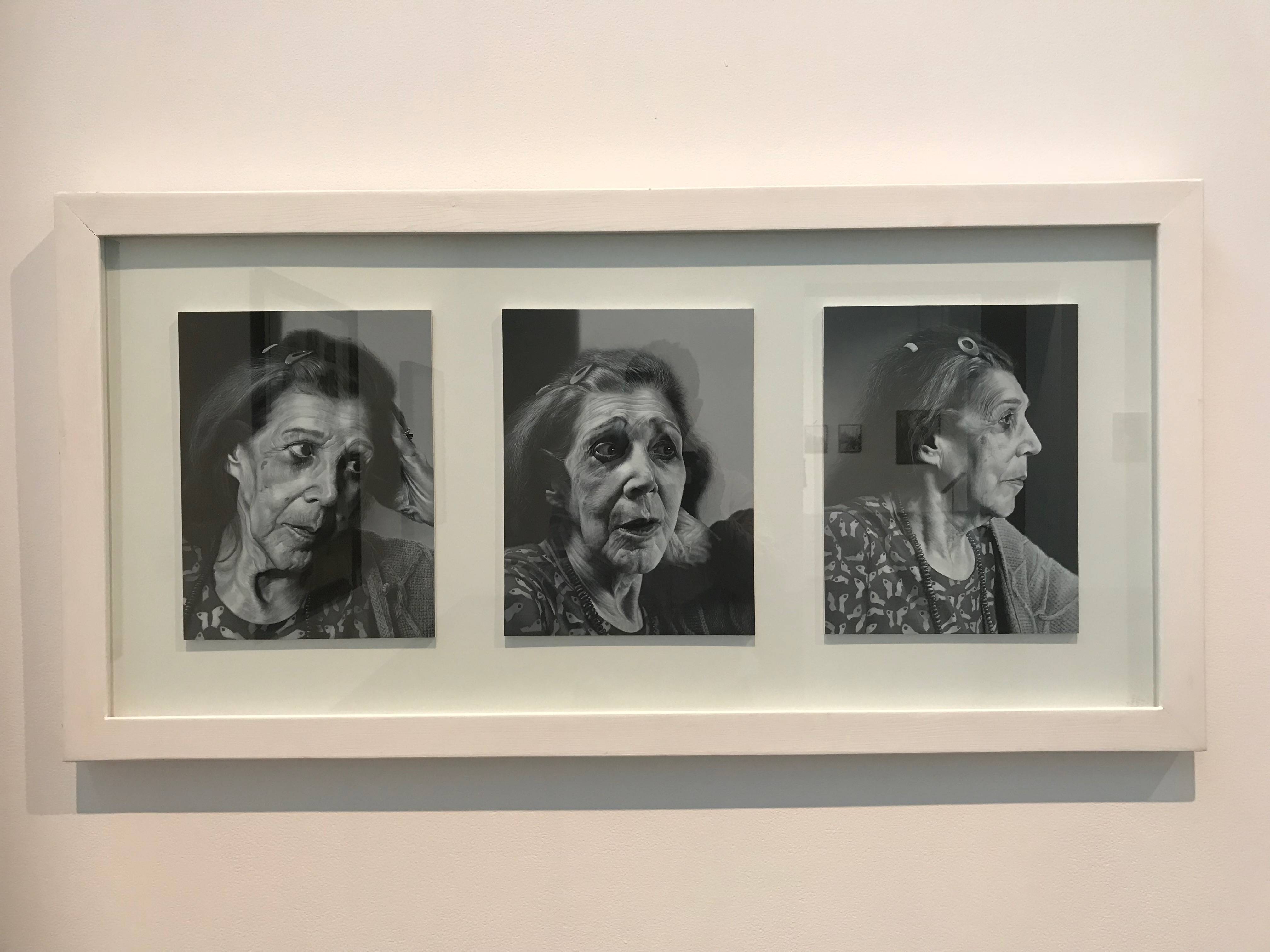
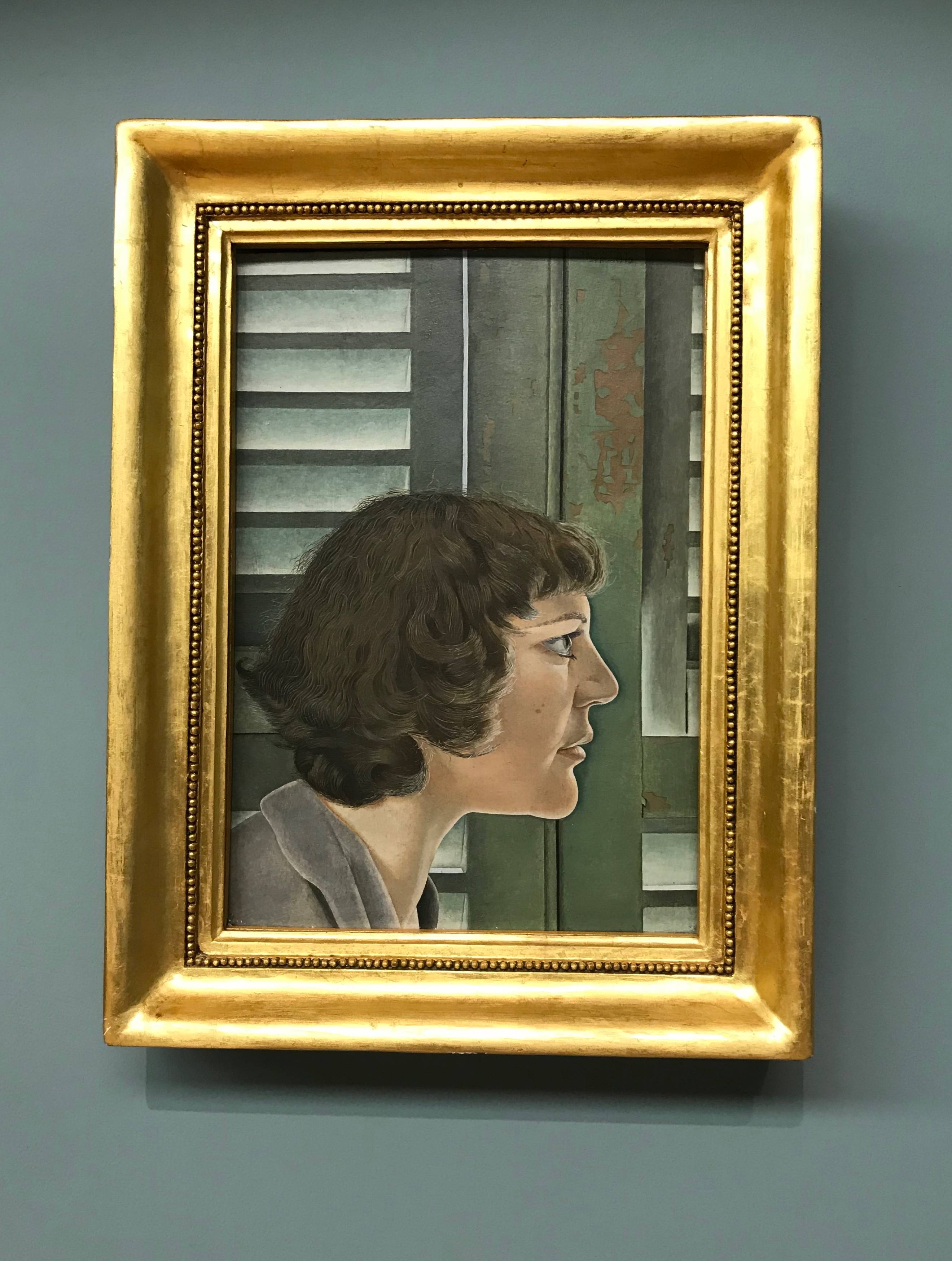
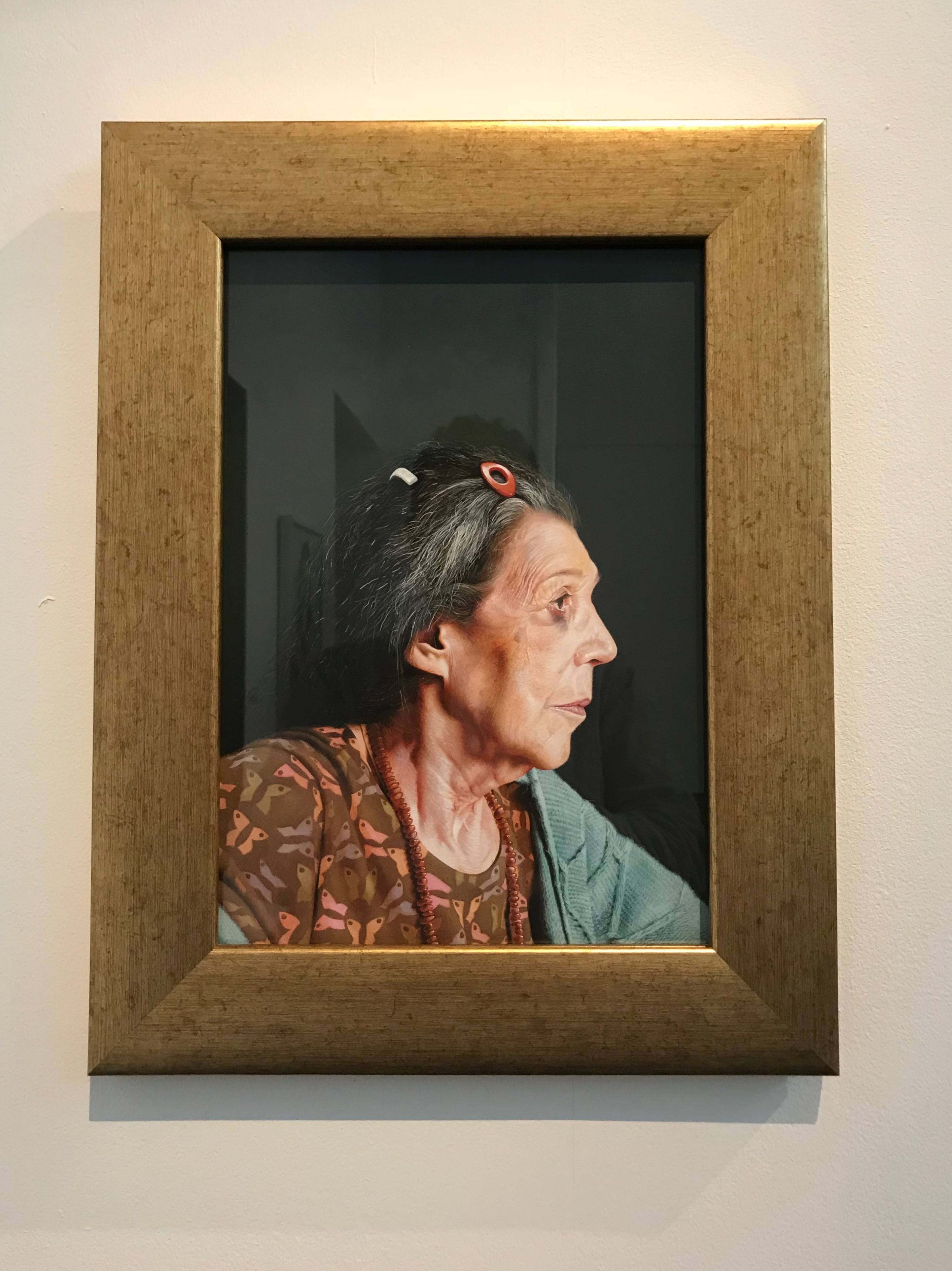
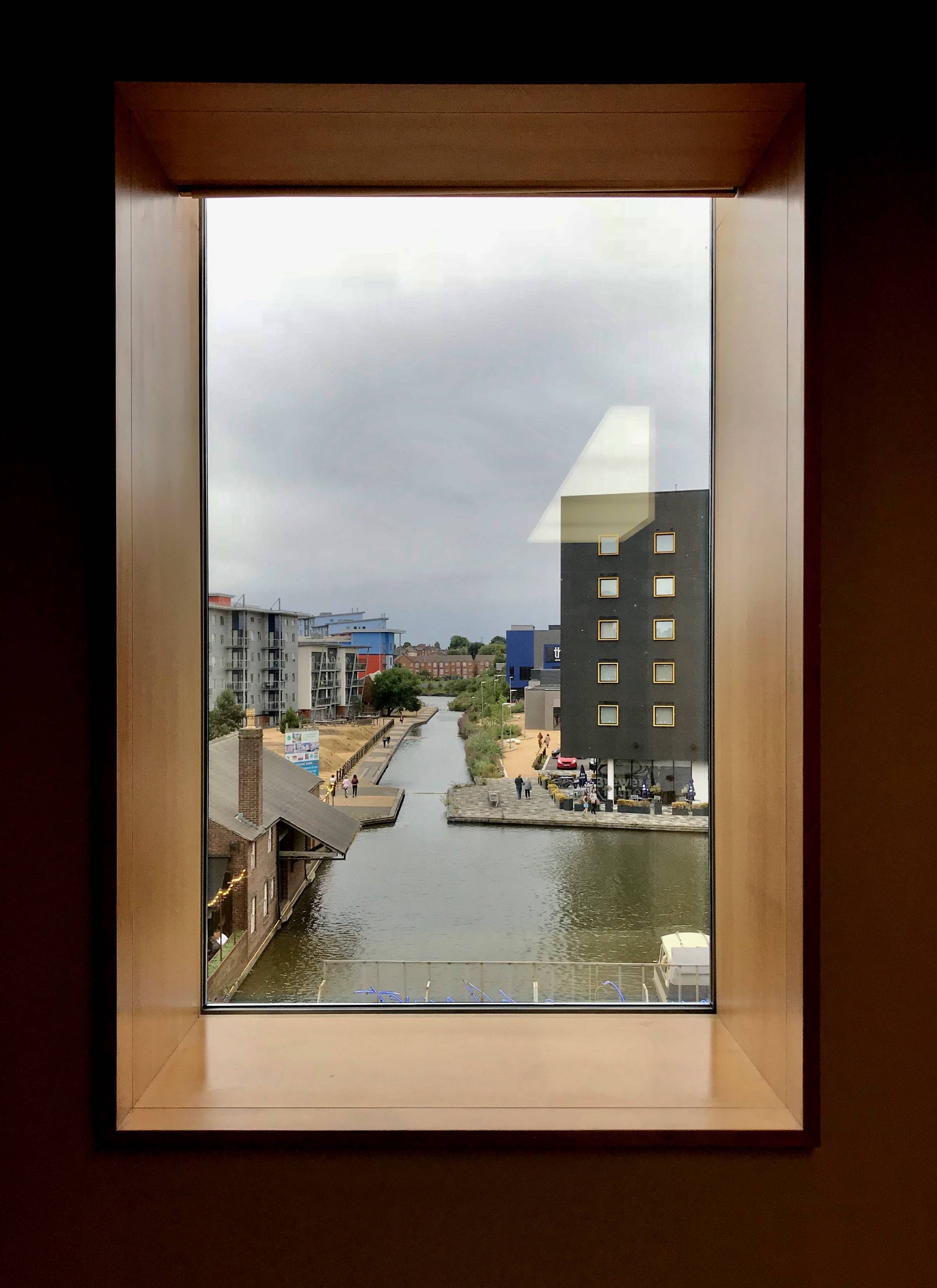
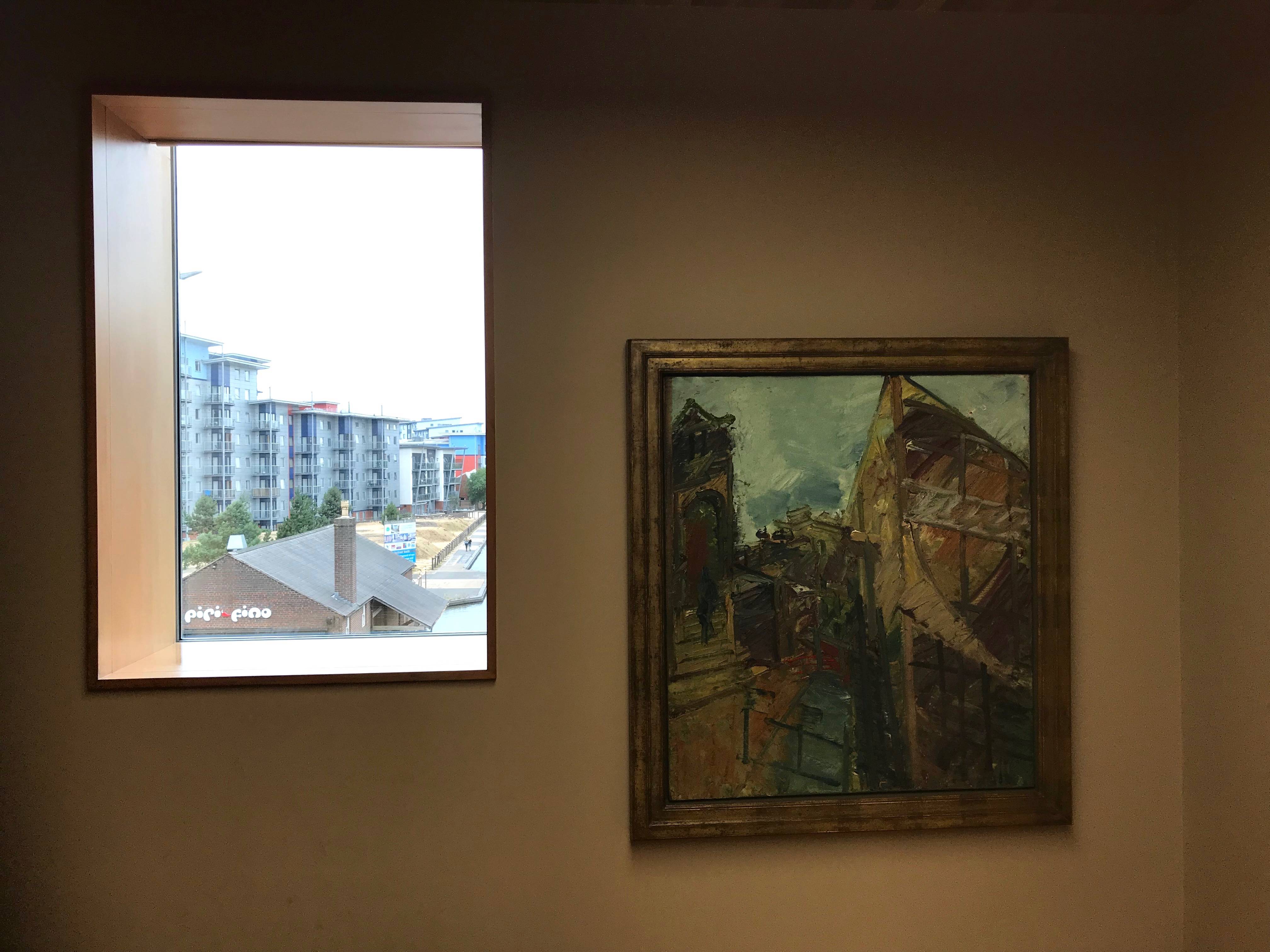

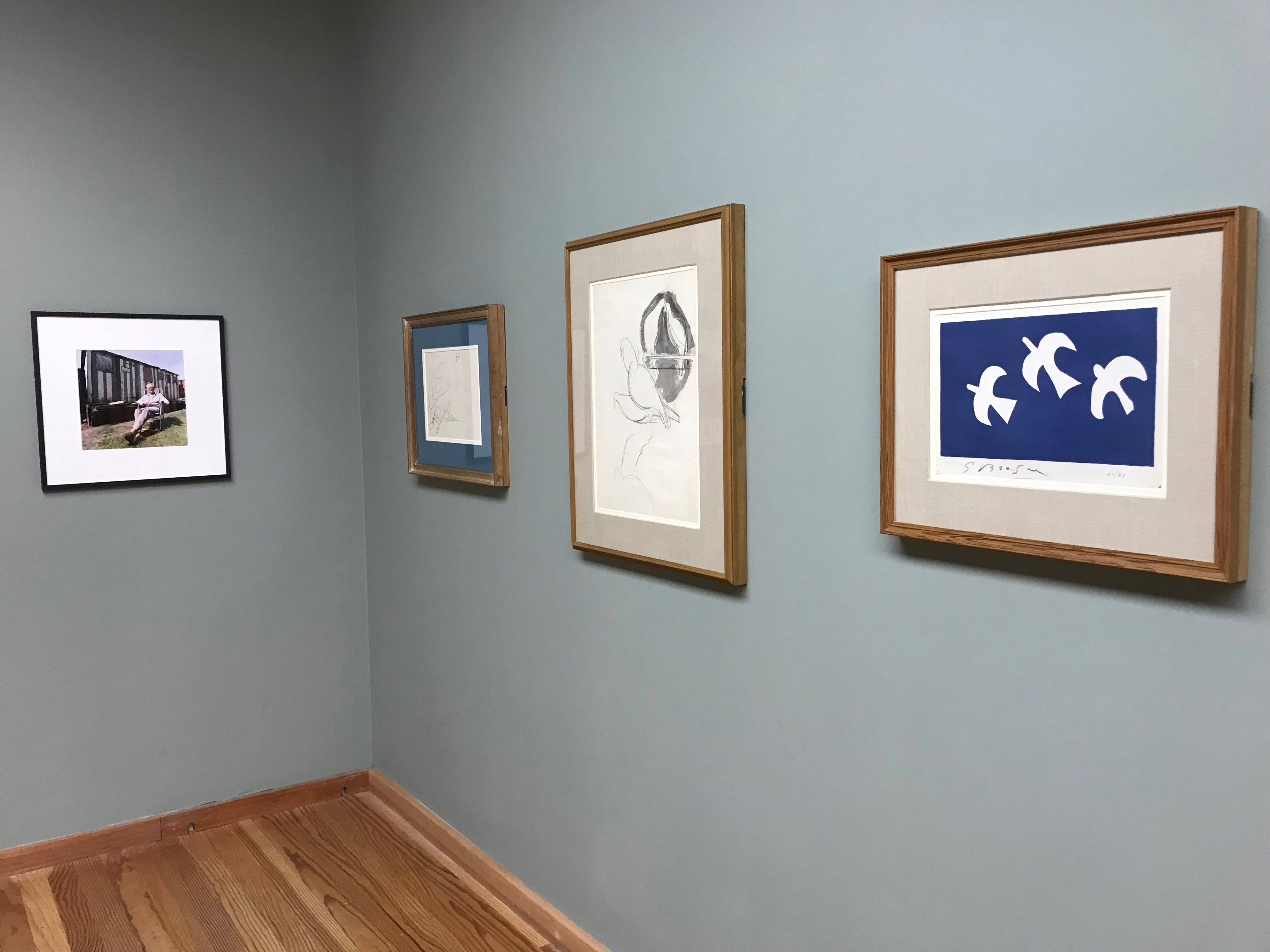
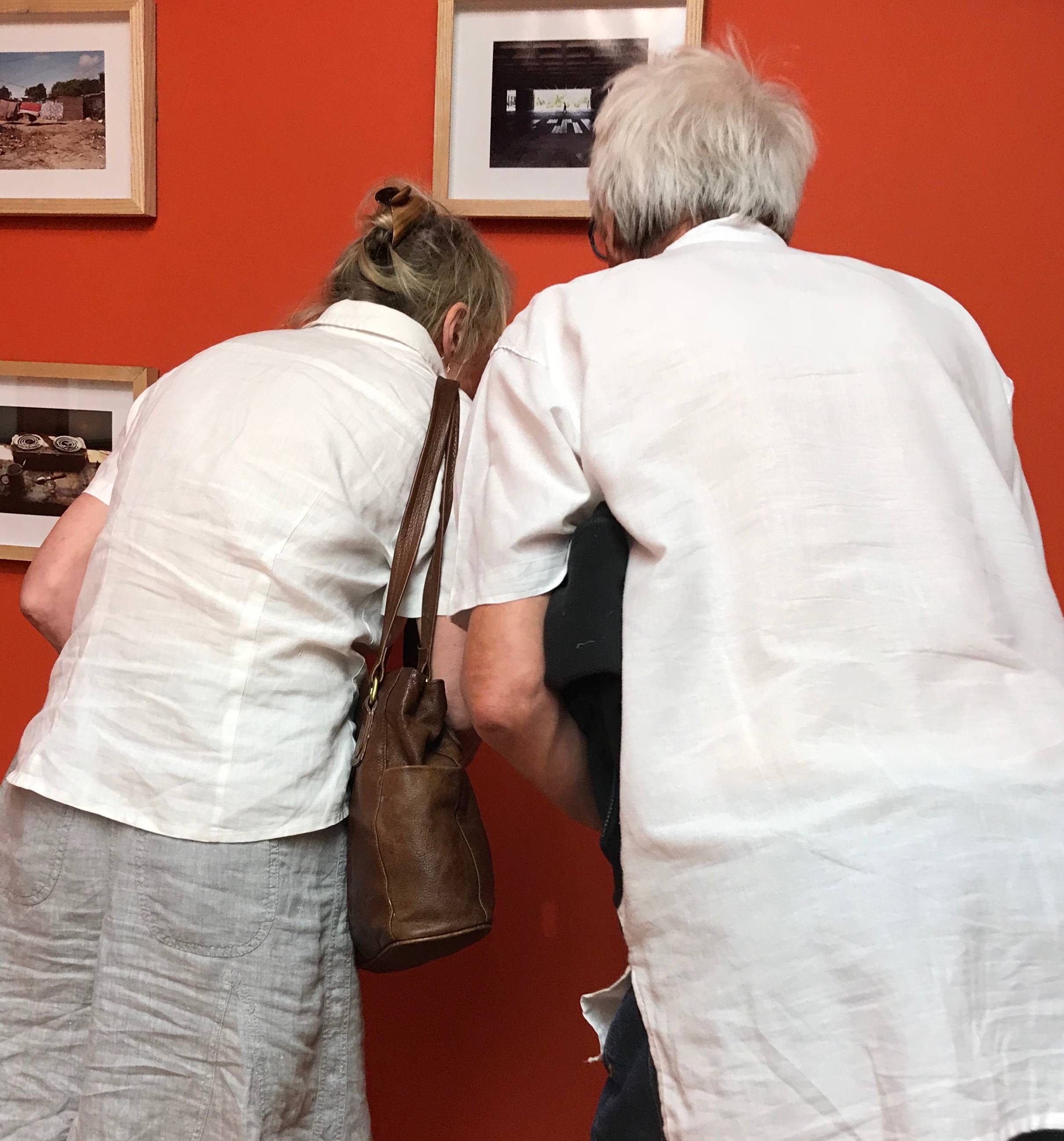

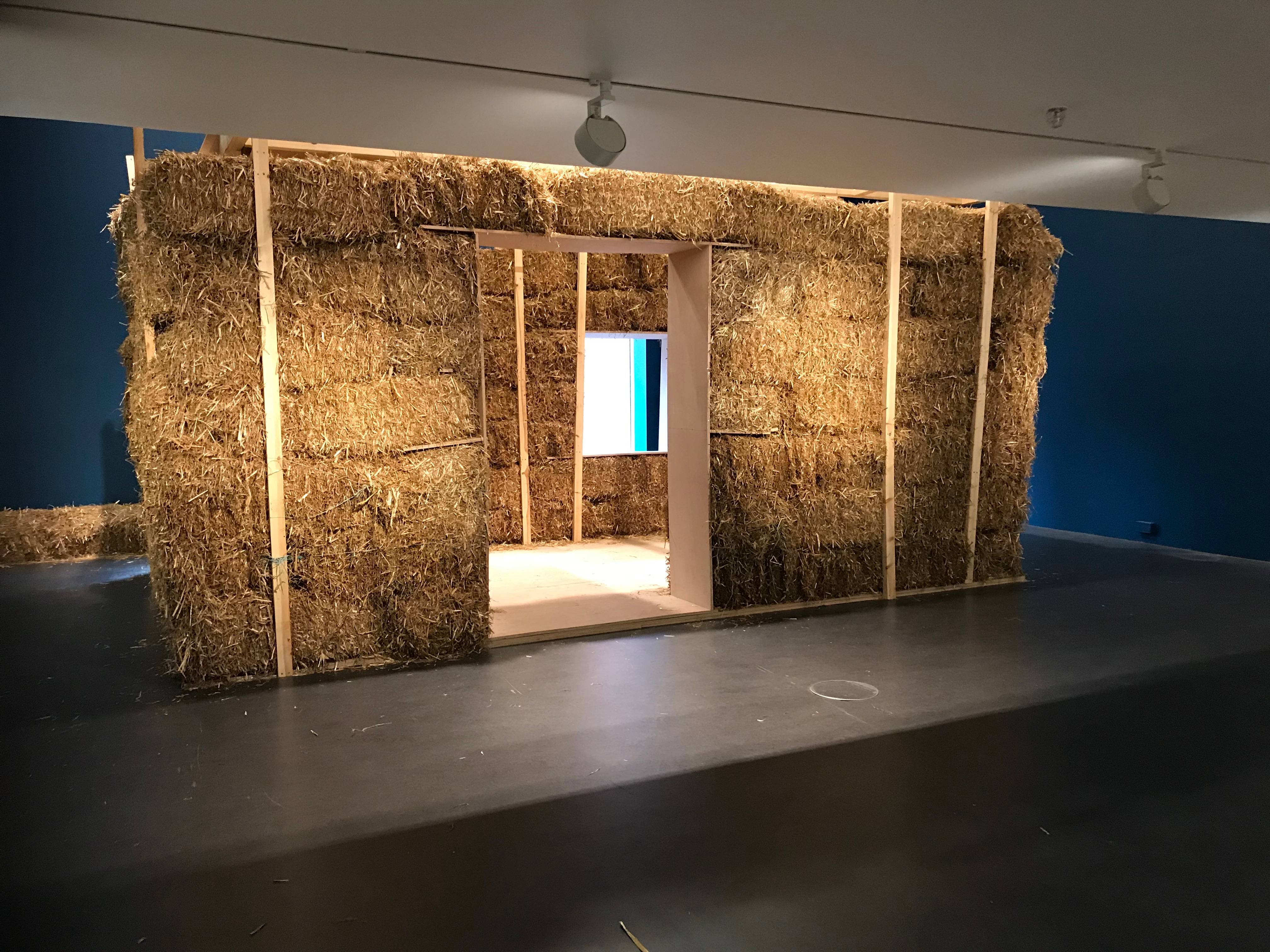
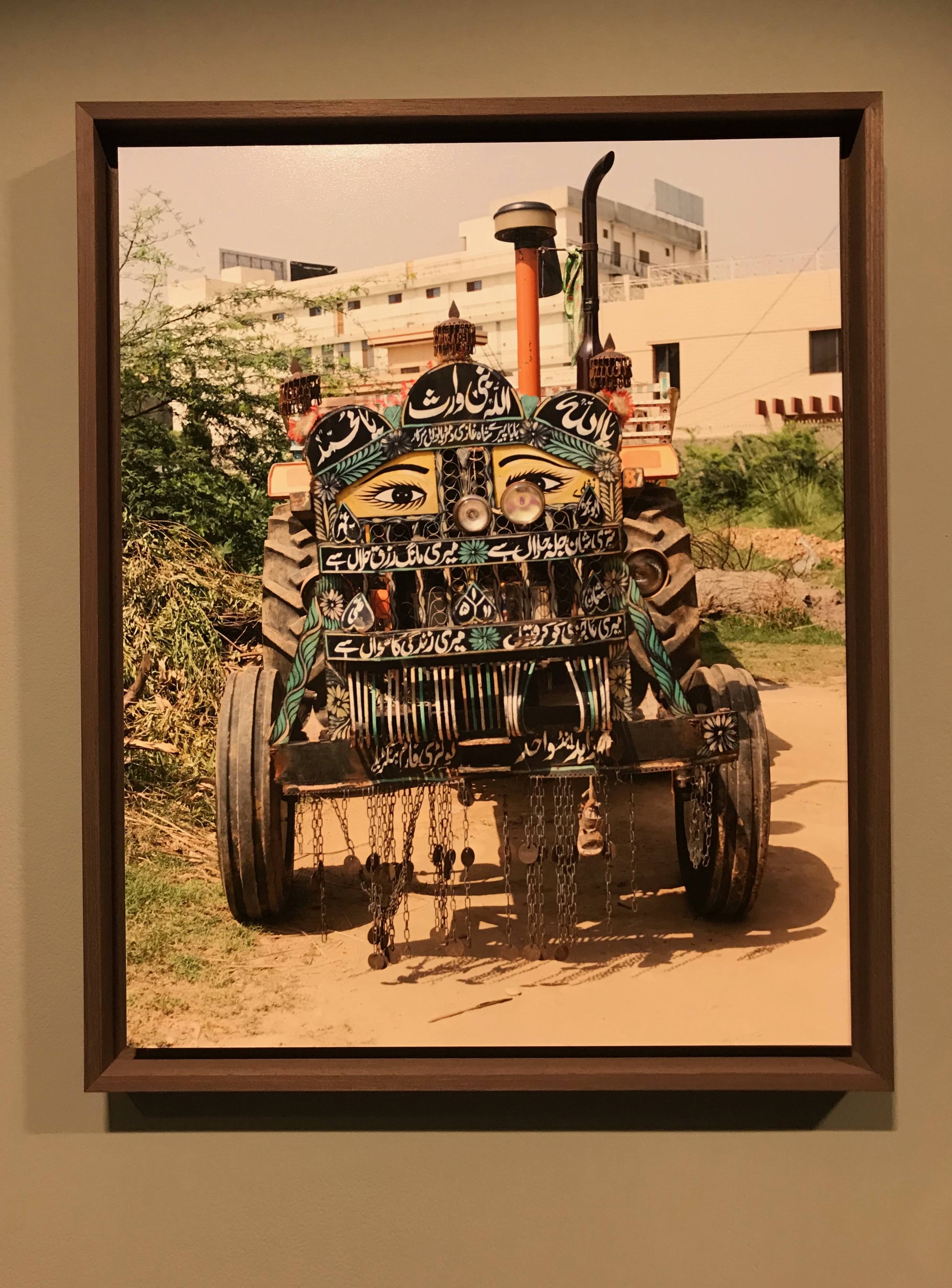

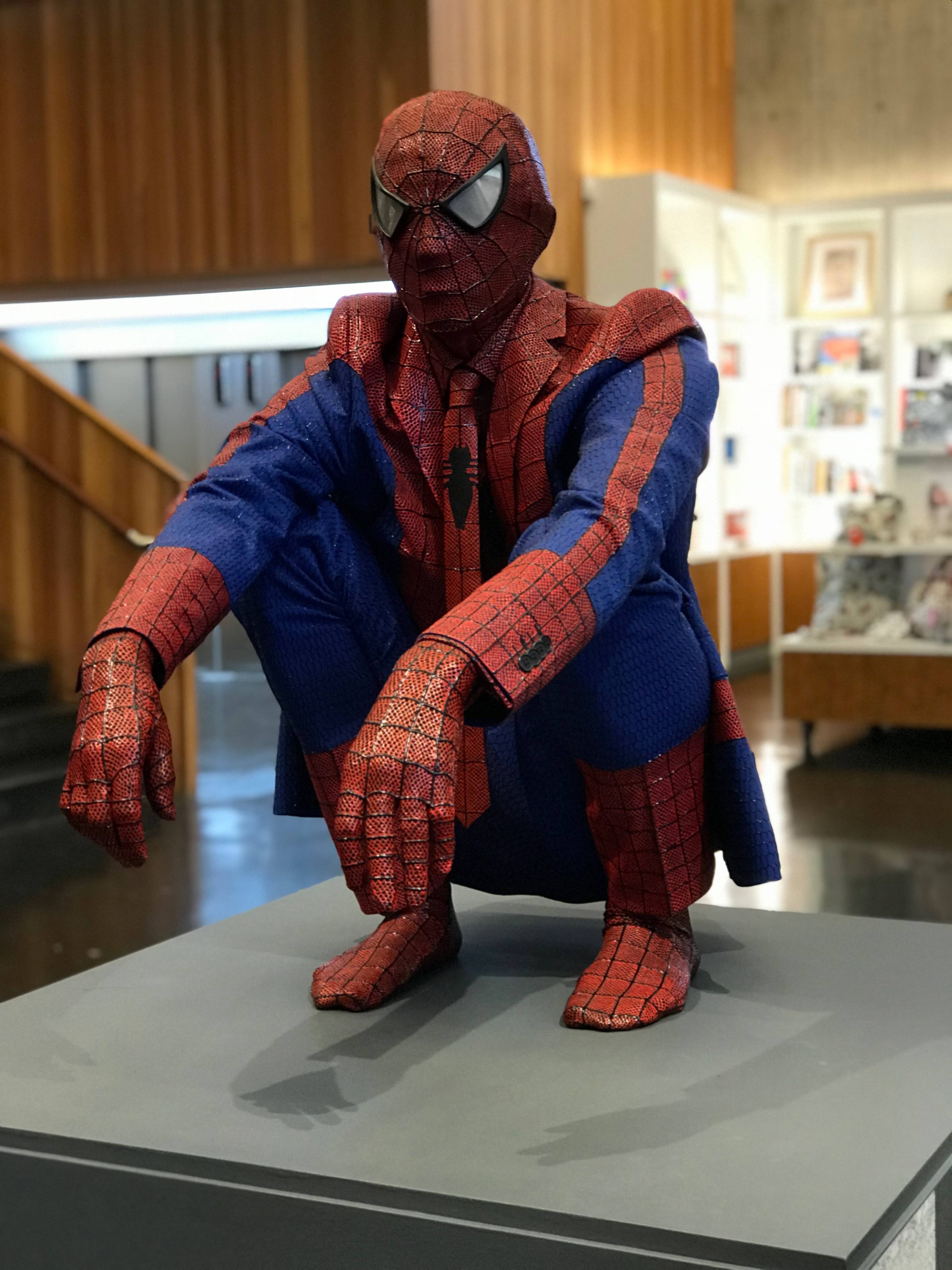
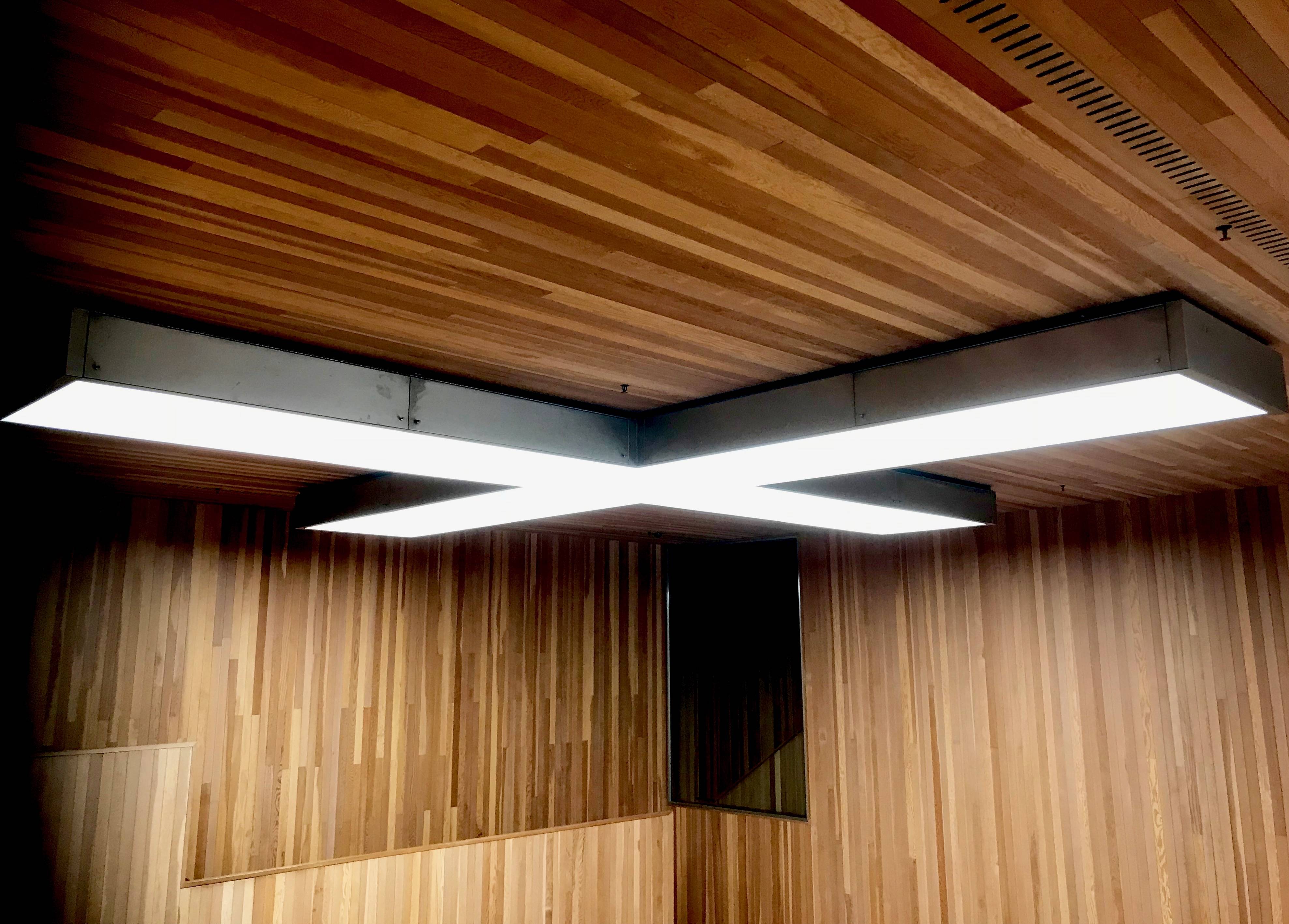
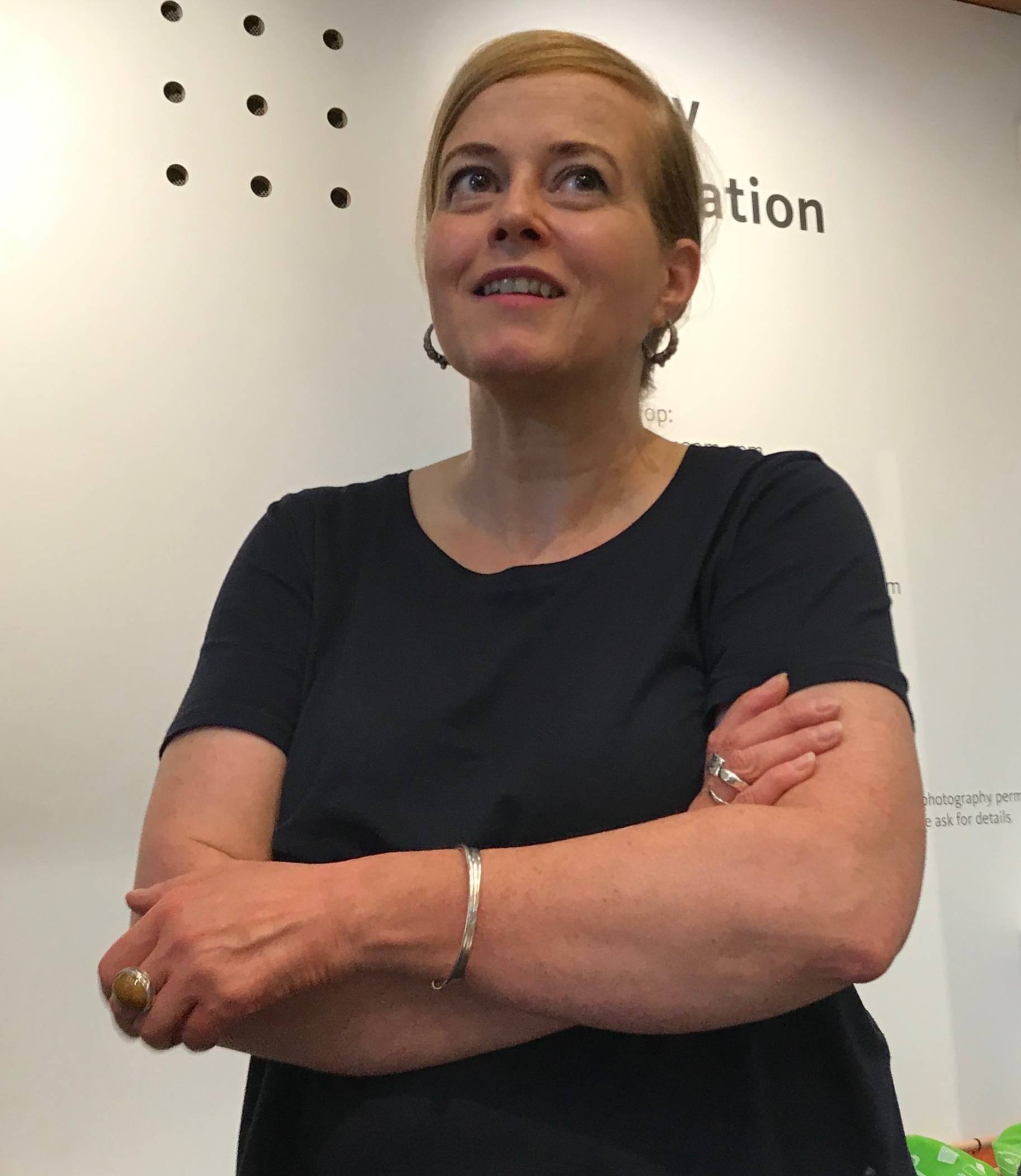
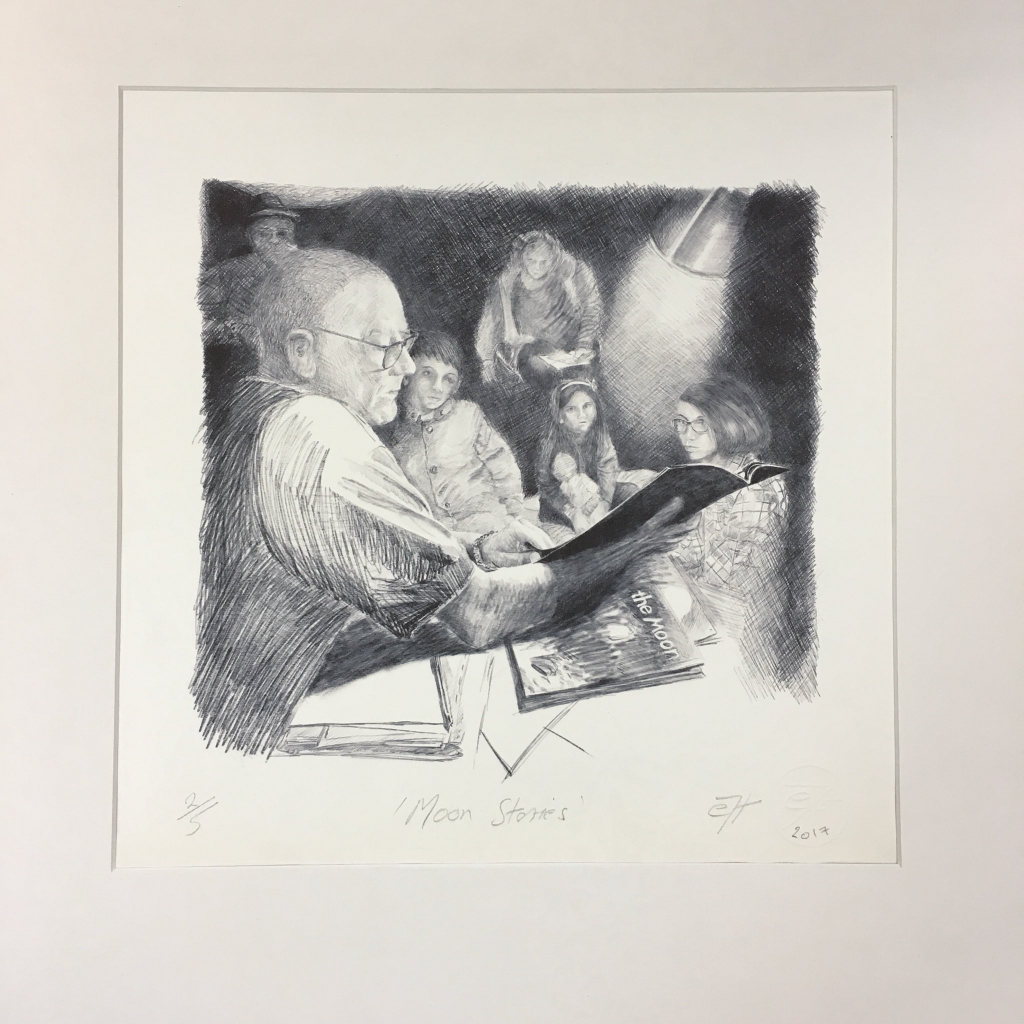
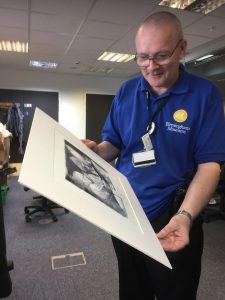
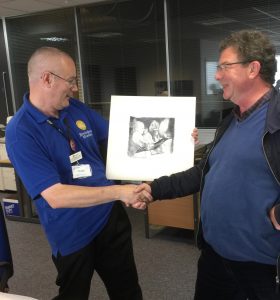
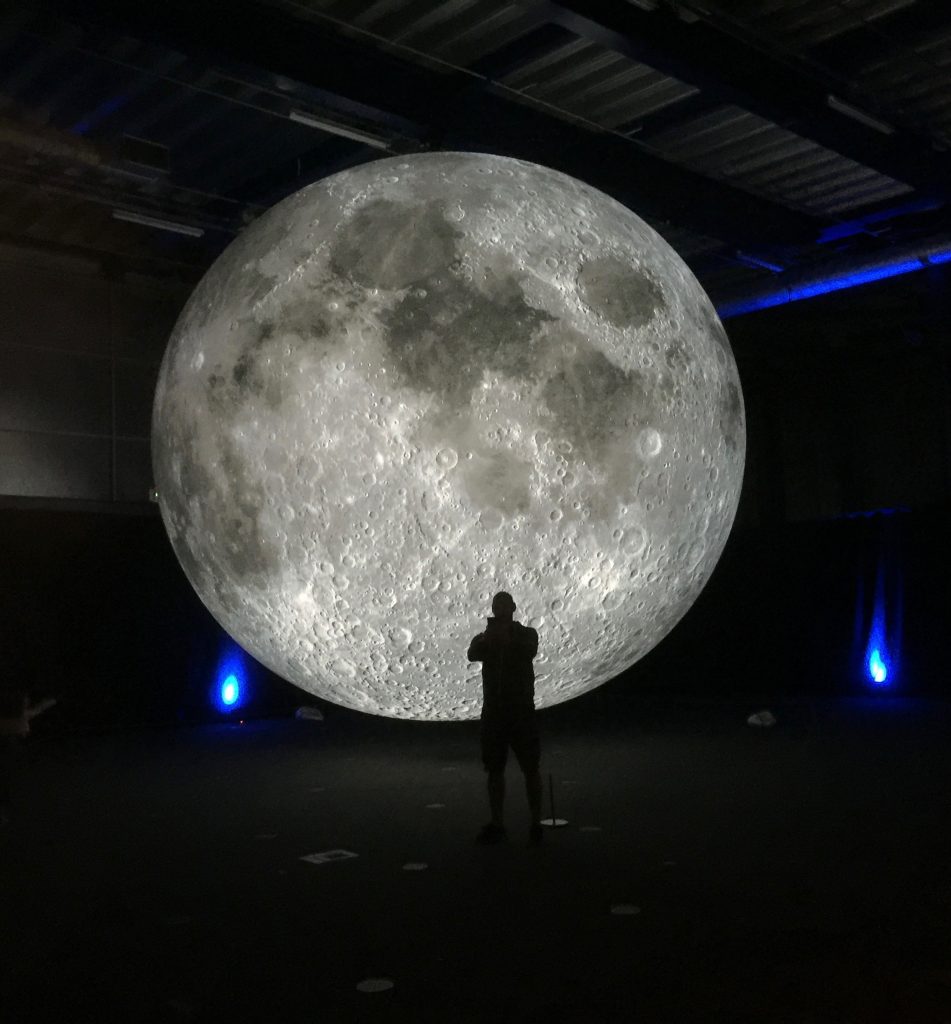
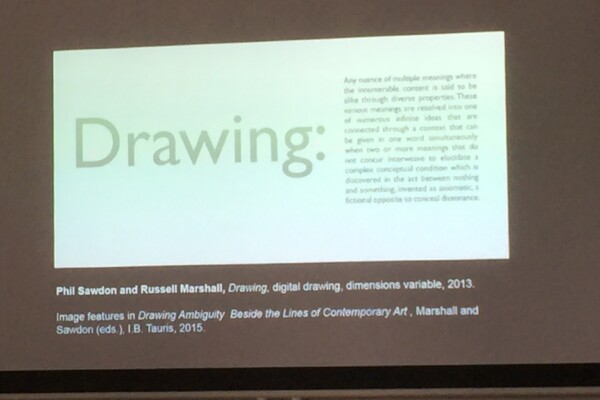
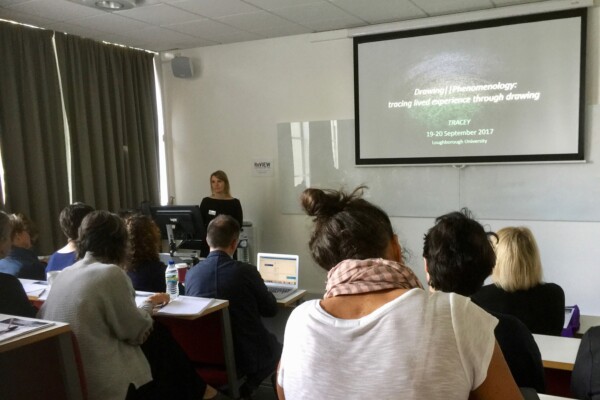
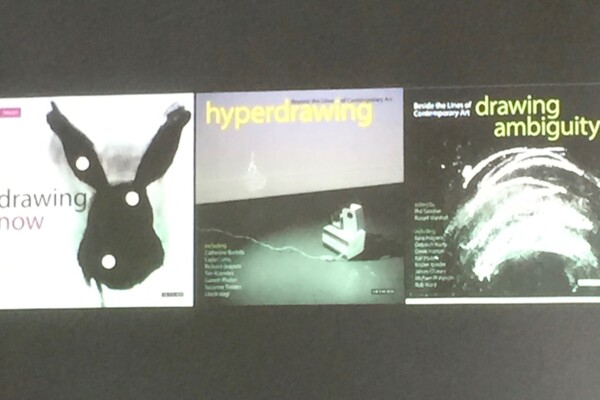
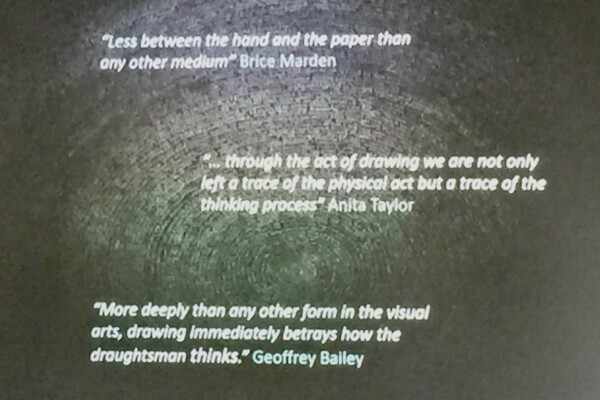
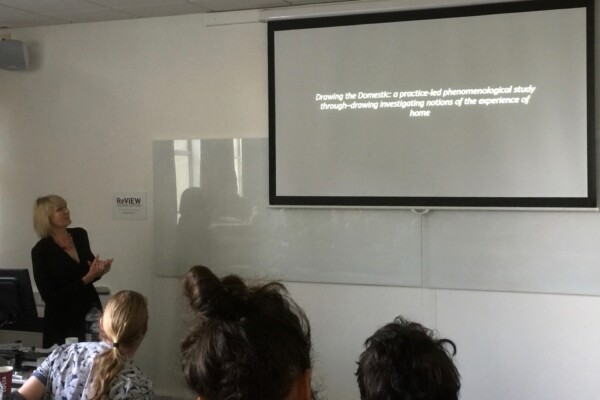
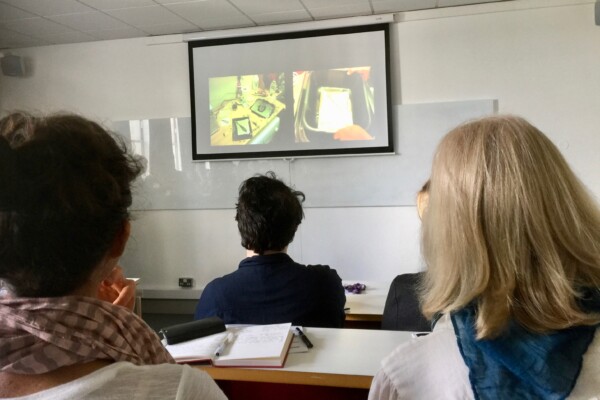
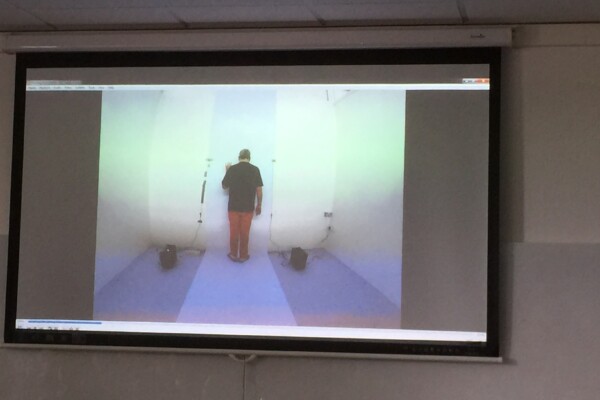
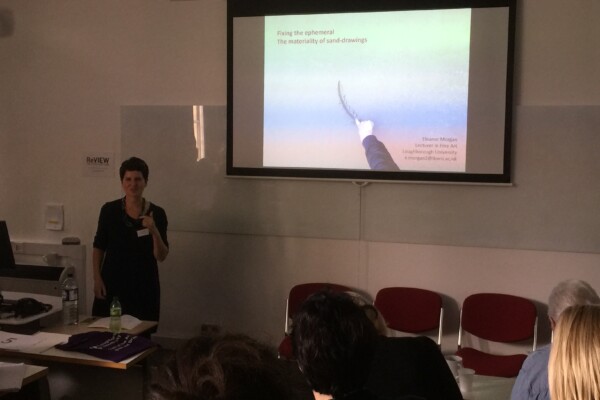

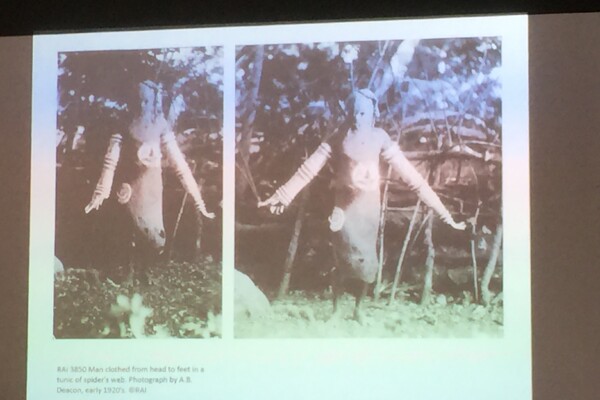
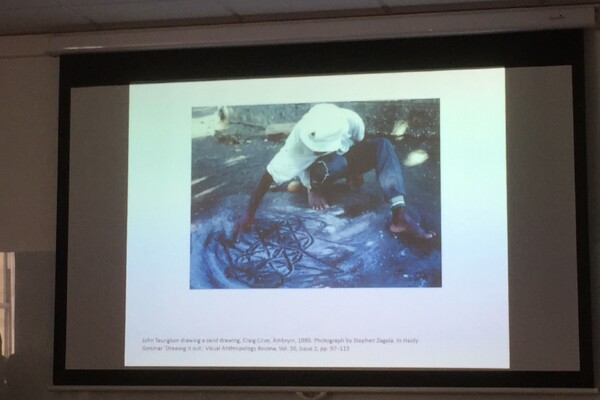
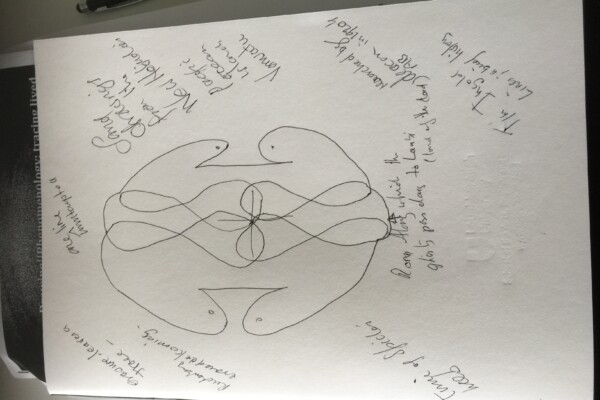
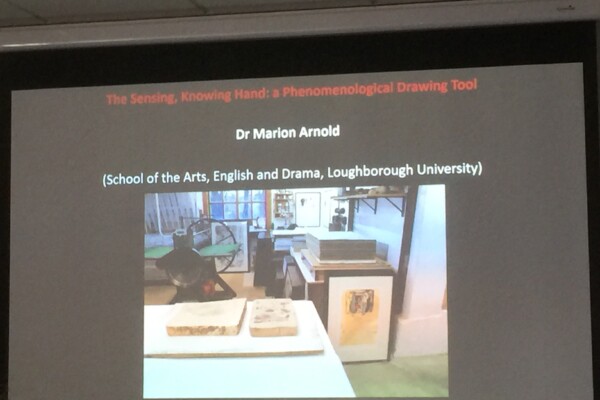
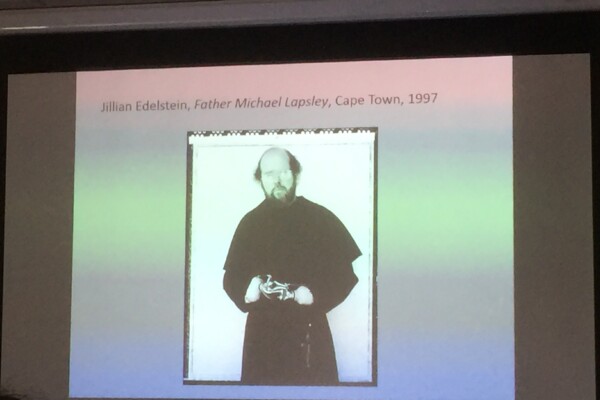
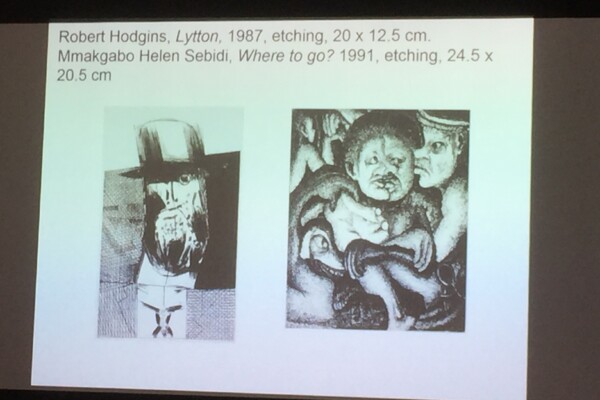
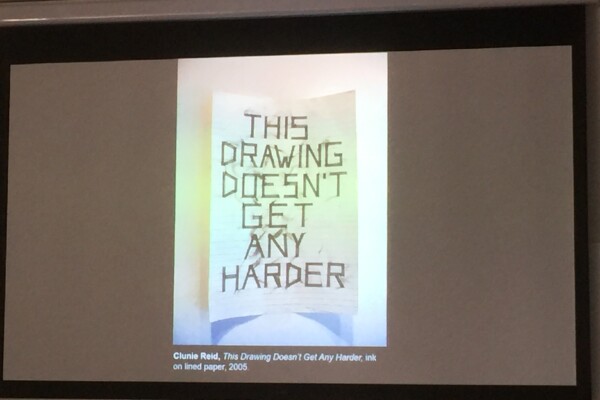
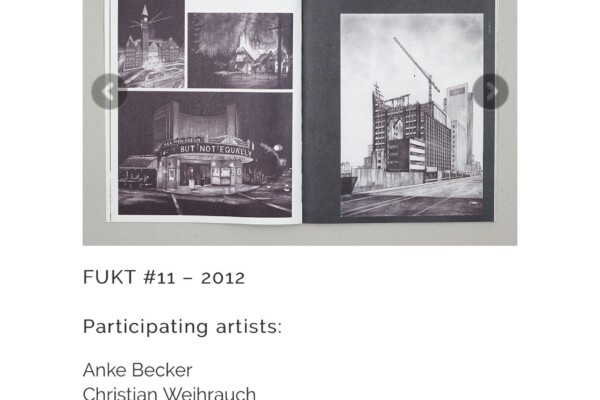
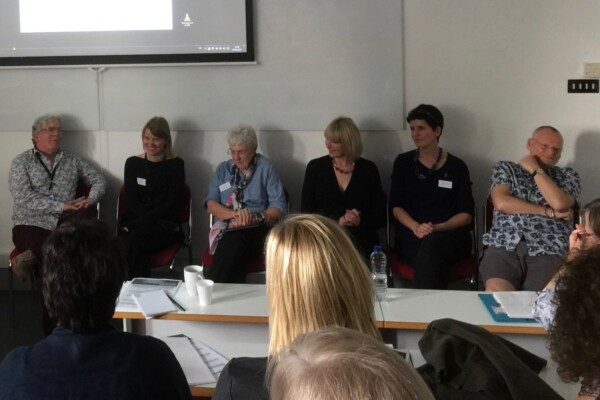

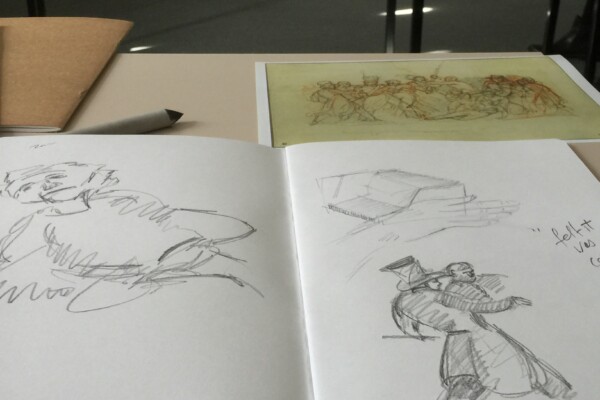
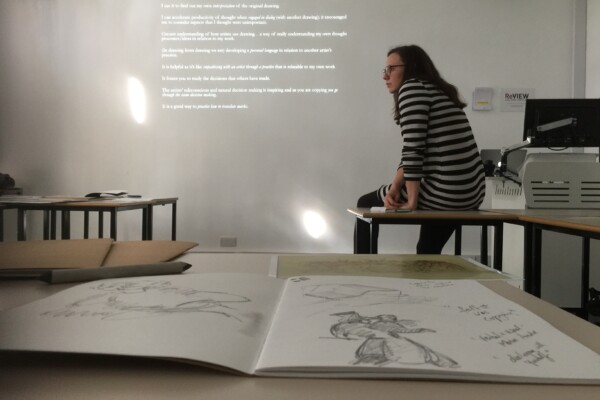
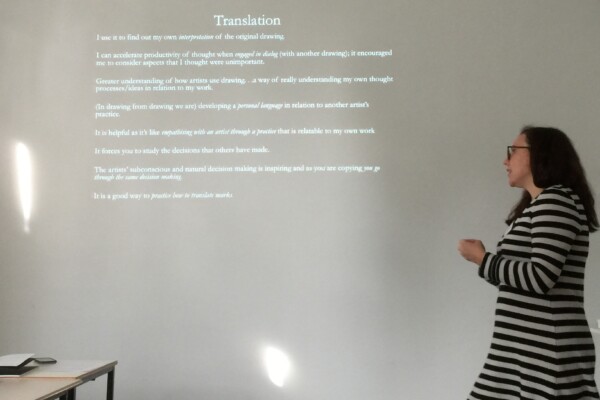

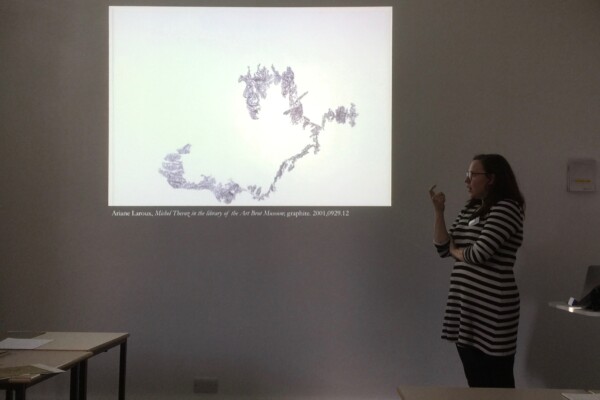
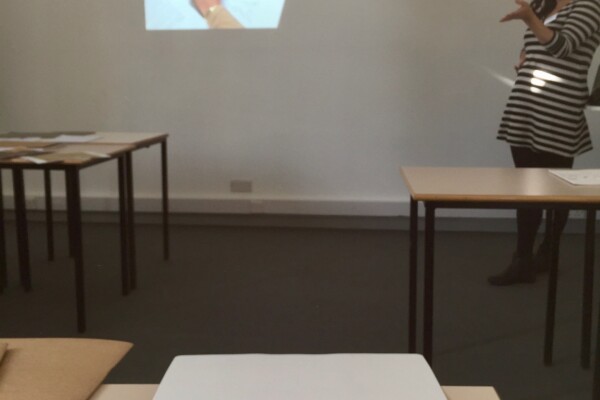
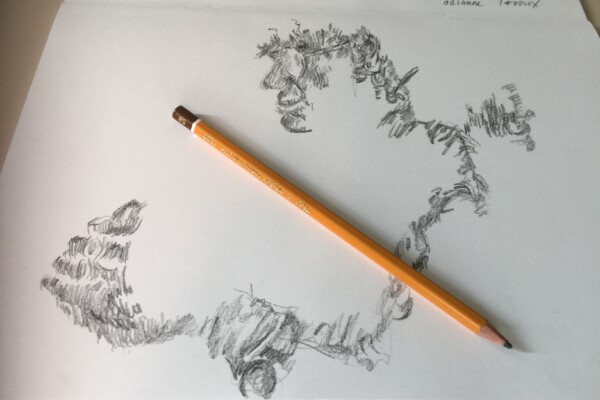
 My selected drawing for this longer session was
My selected drawing for this longer session was 